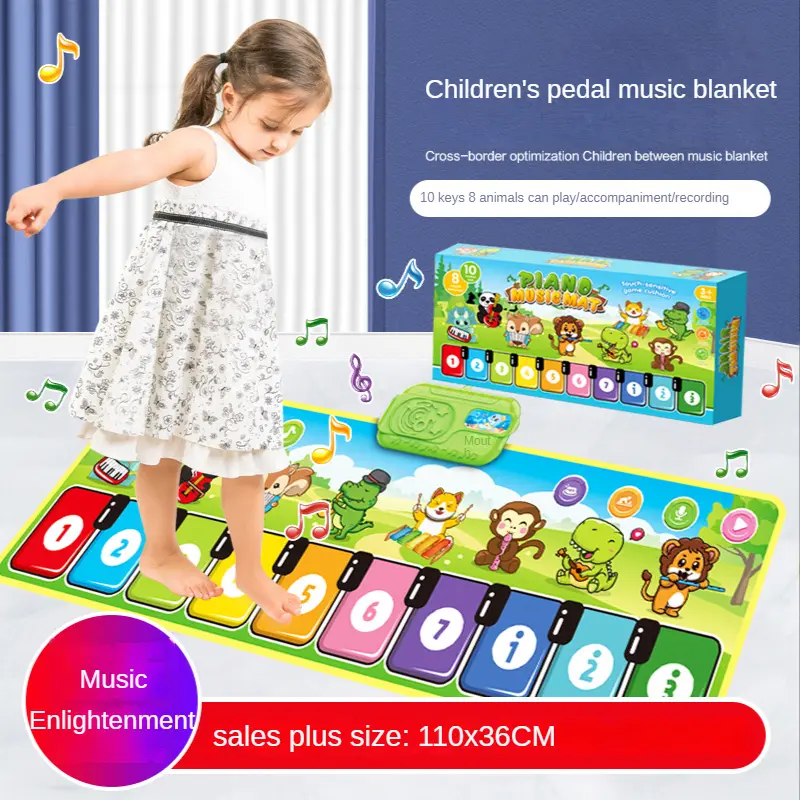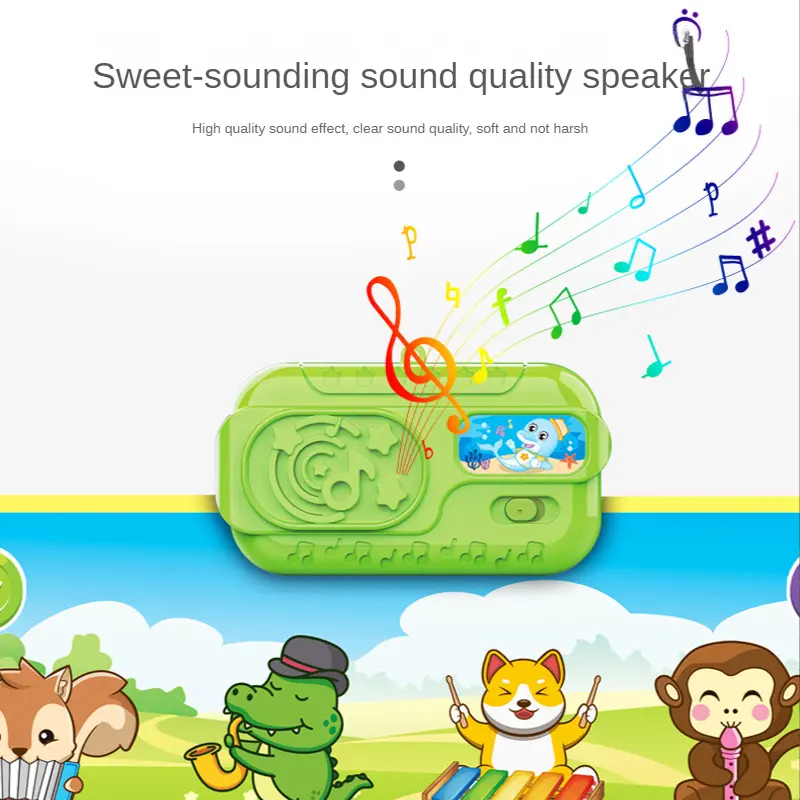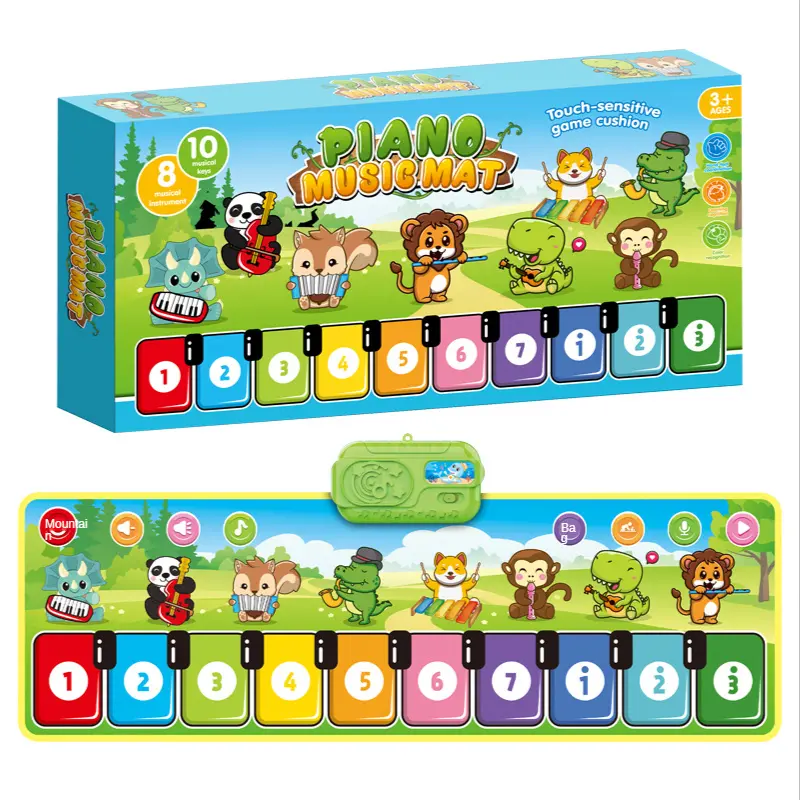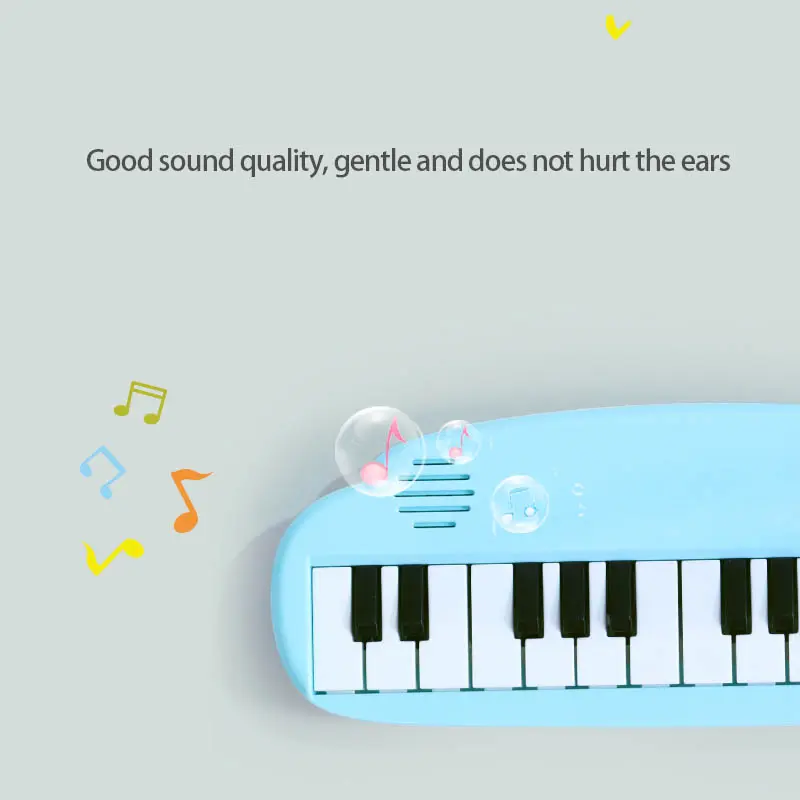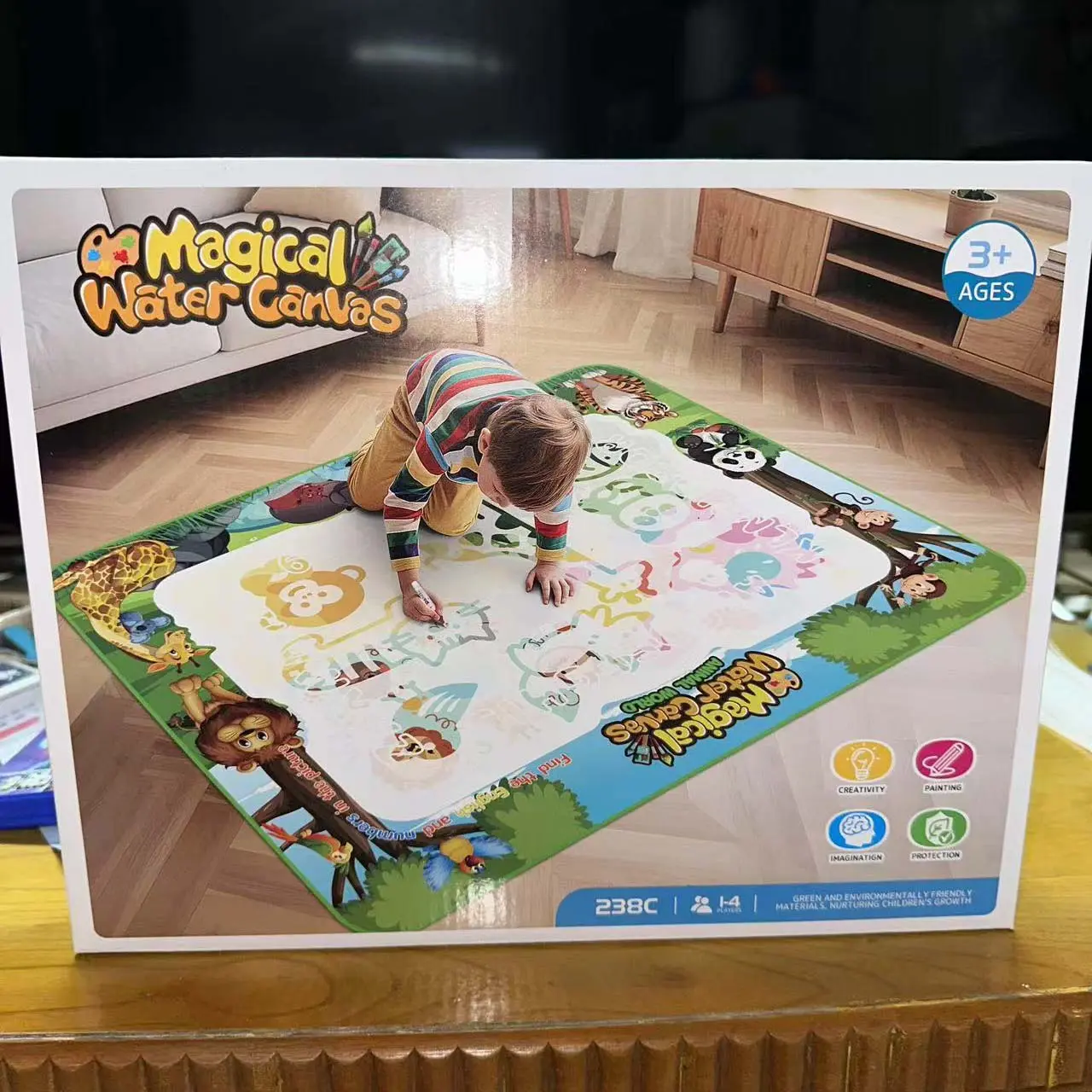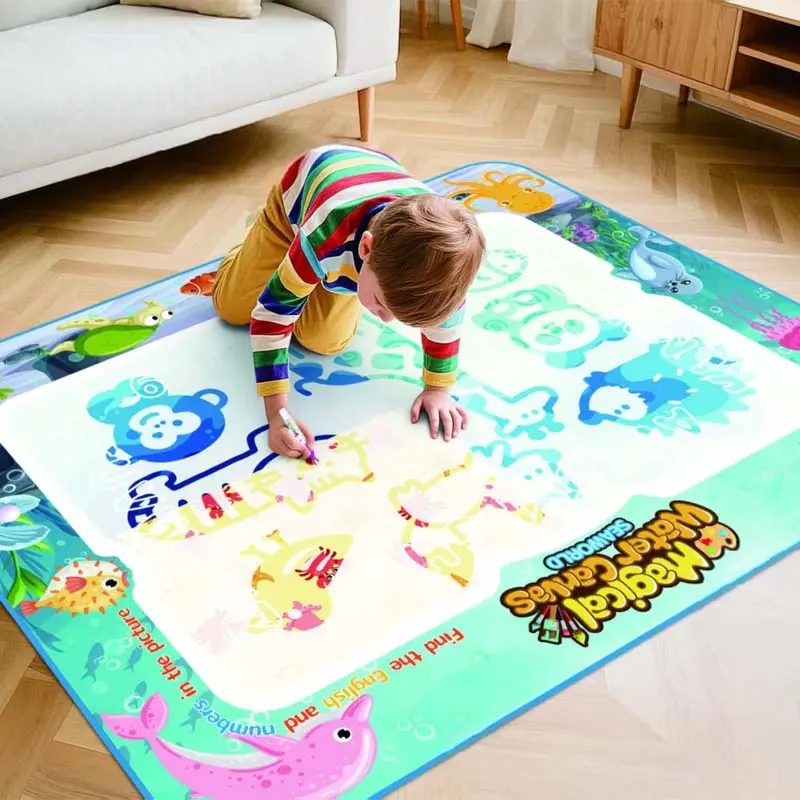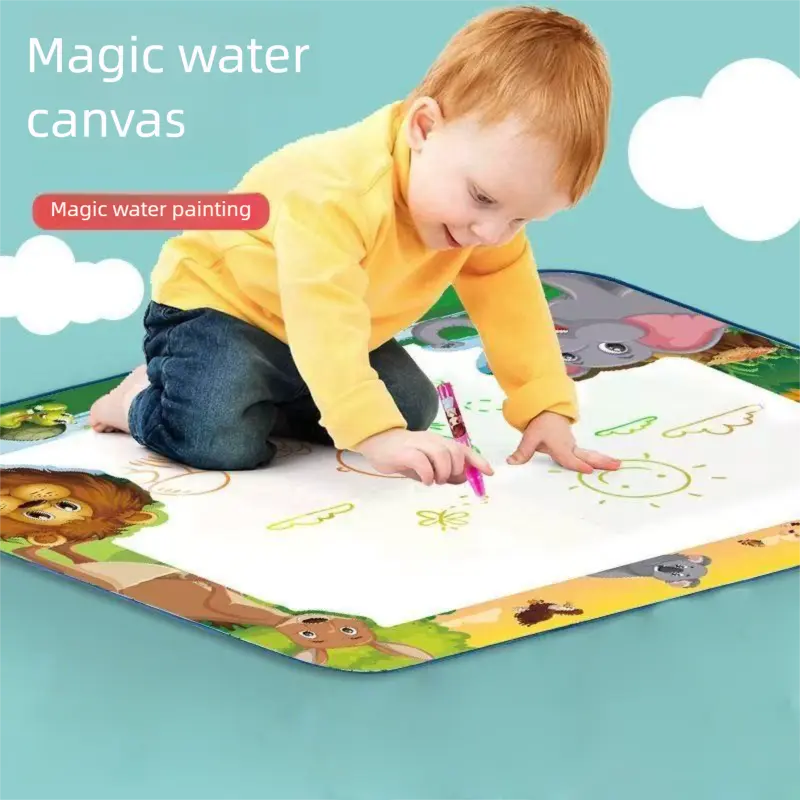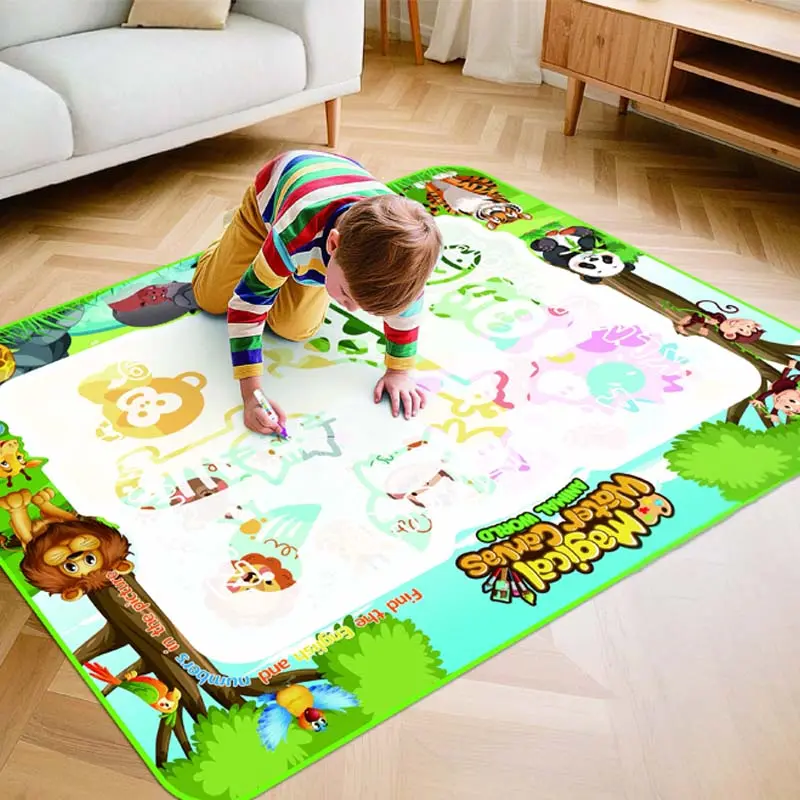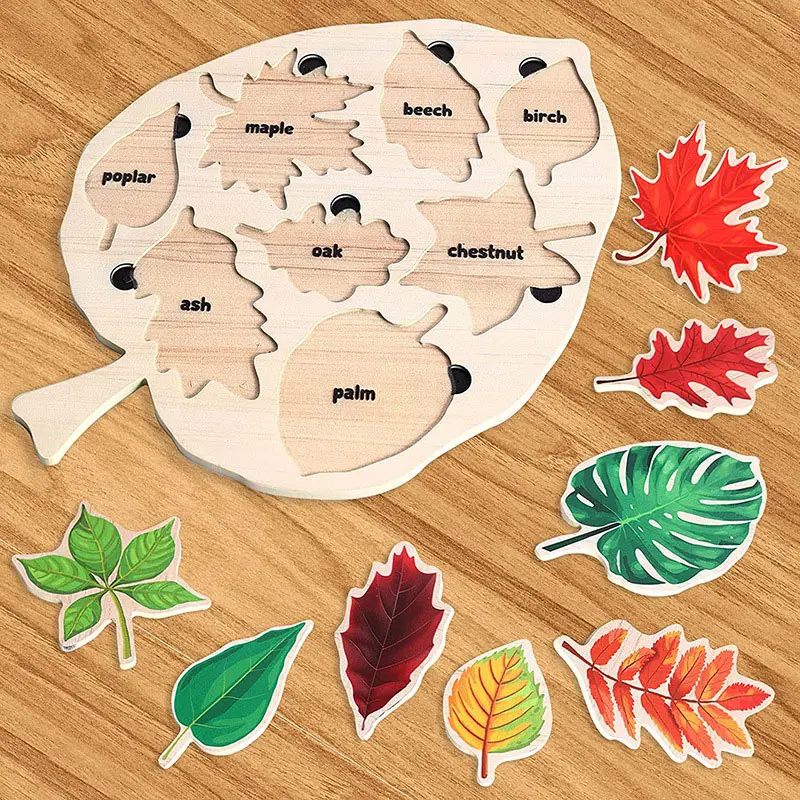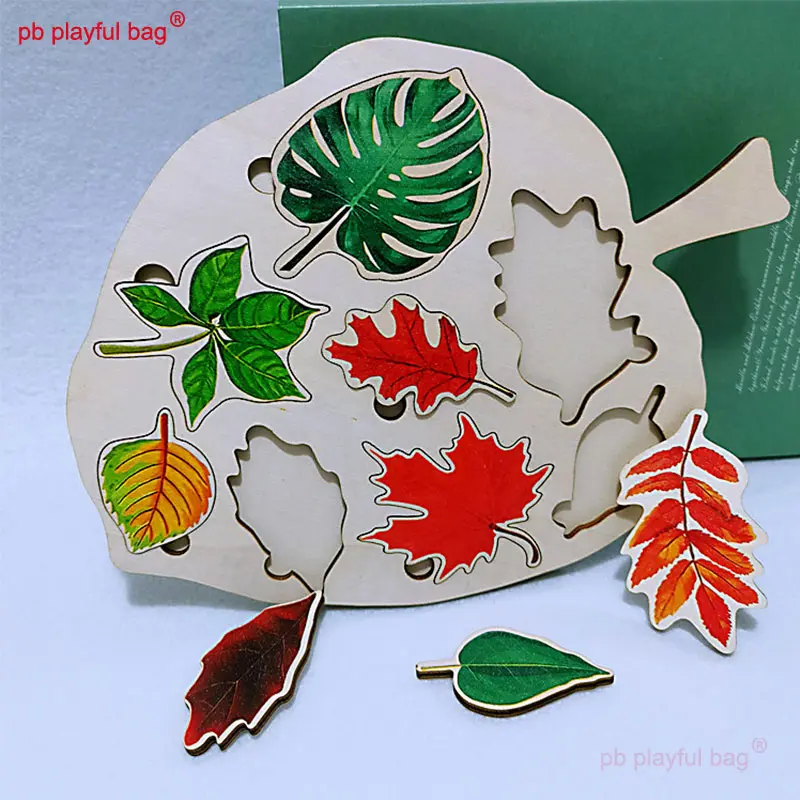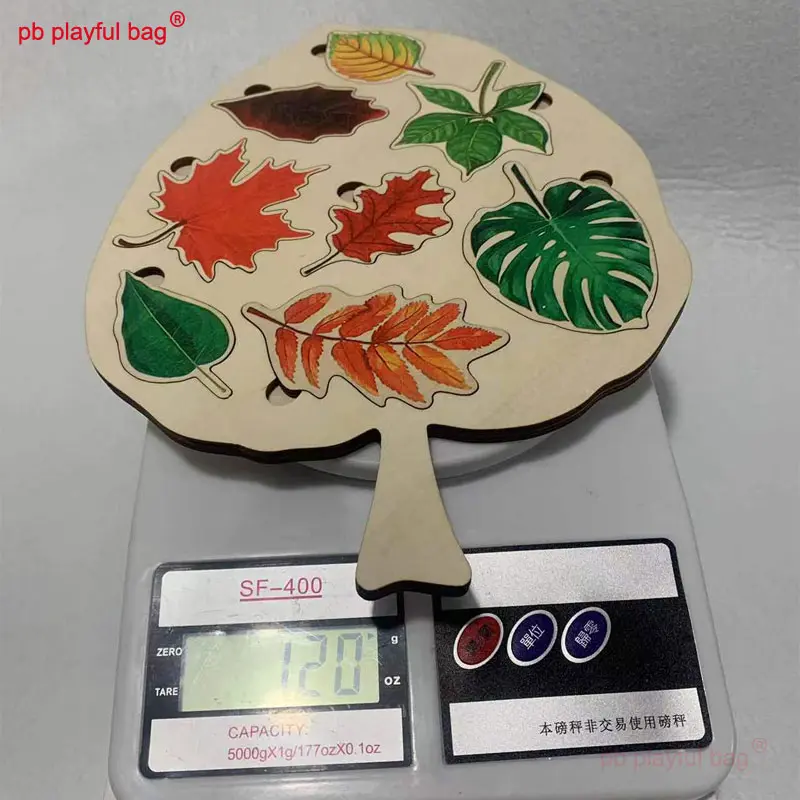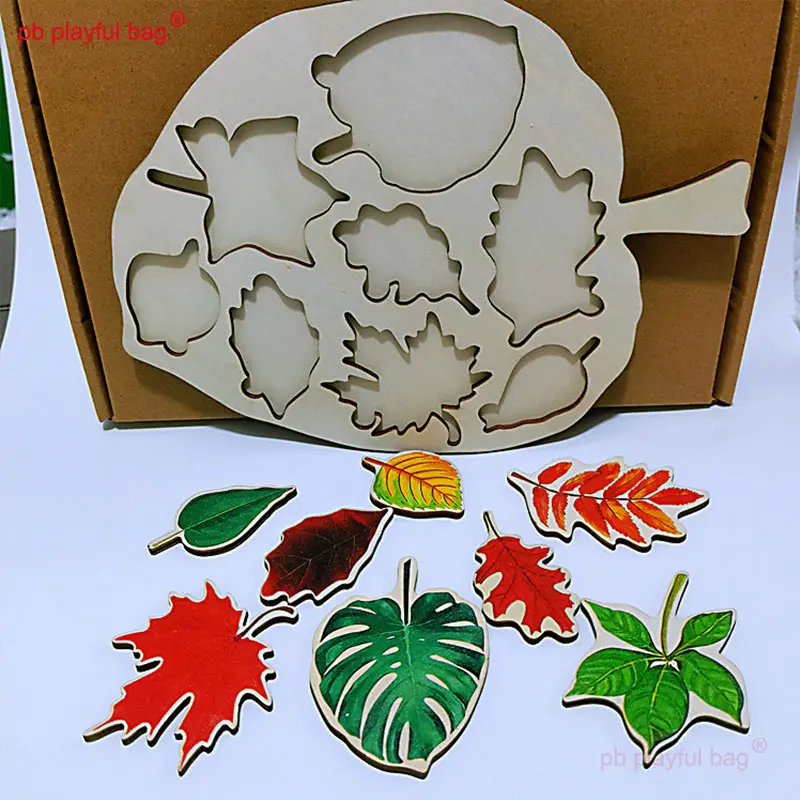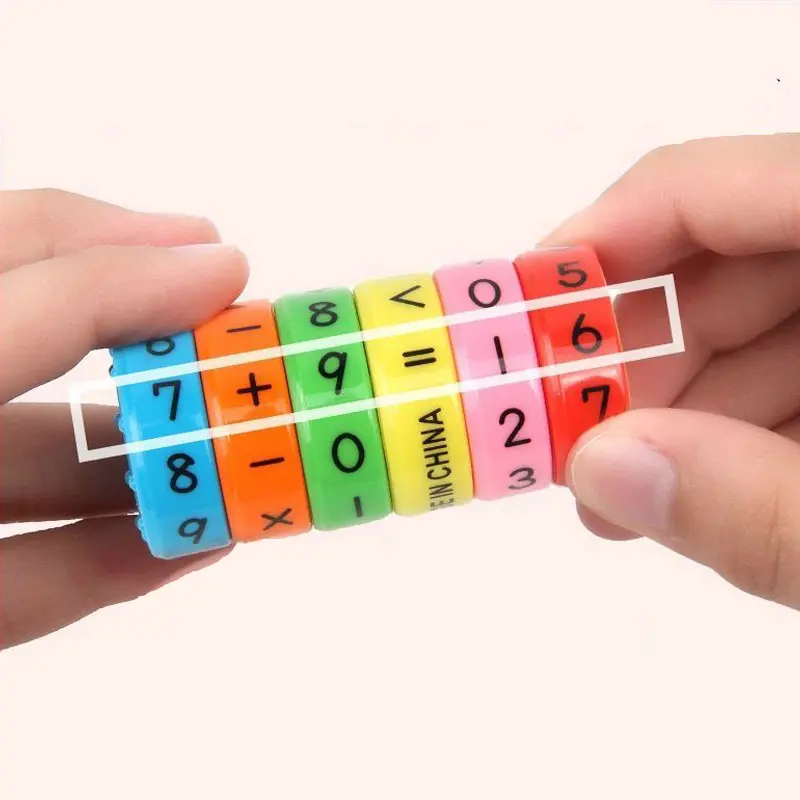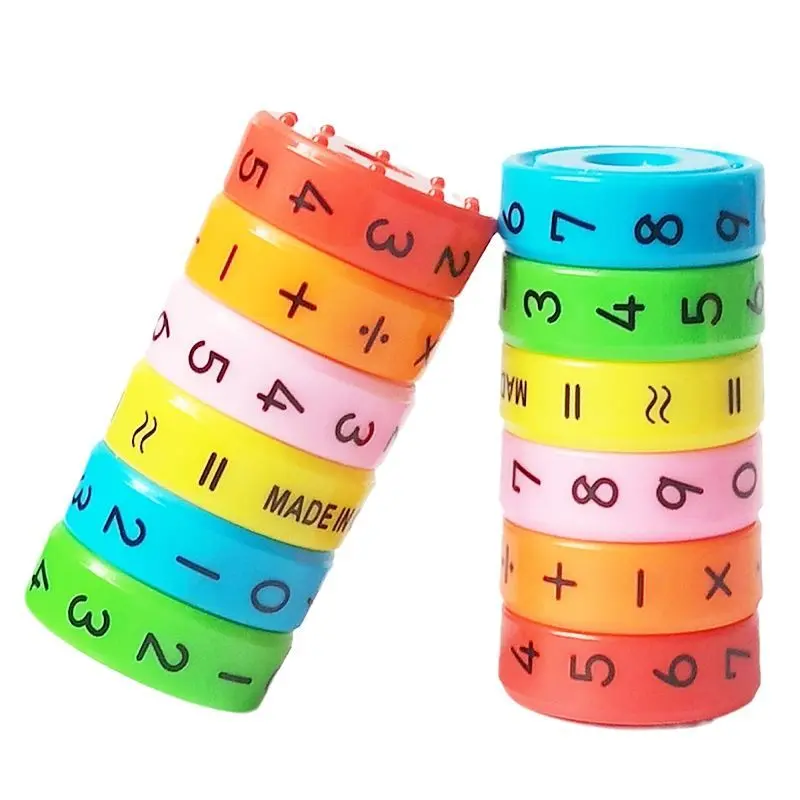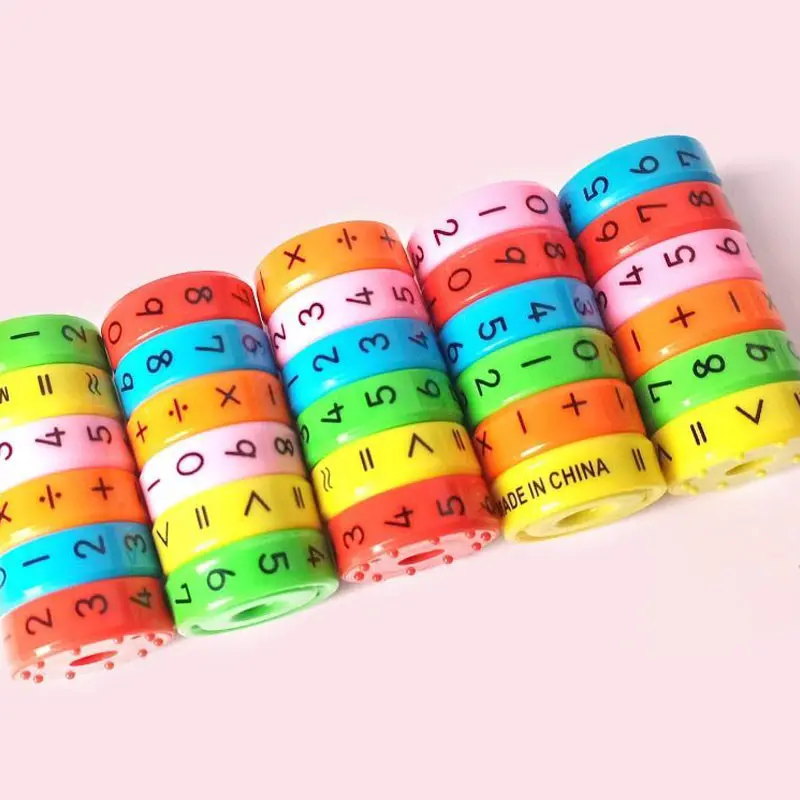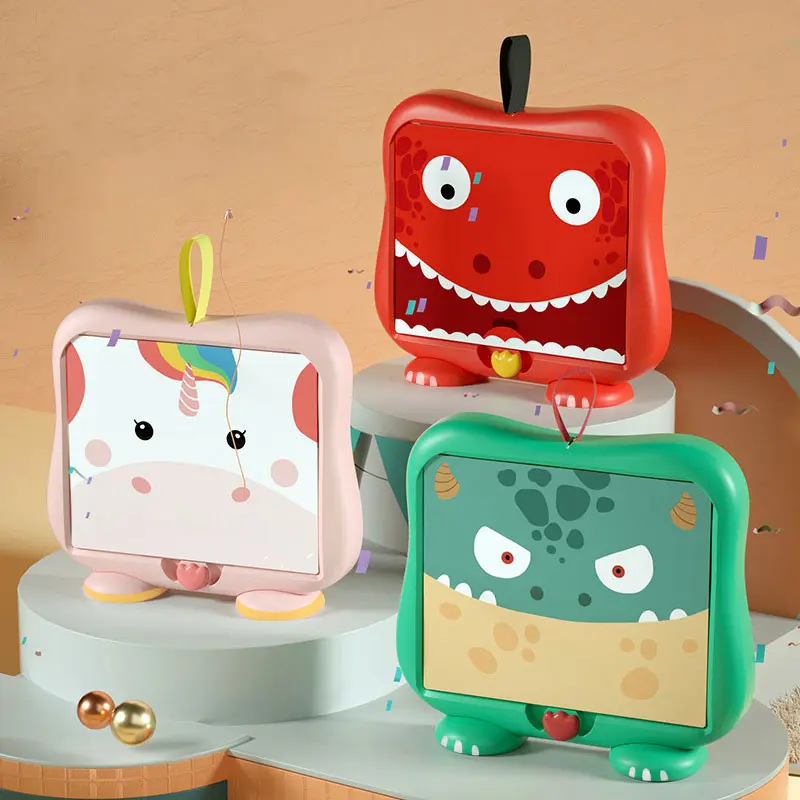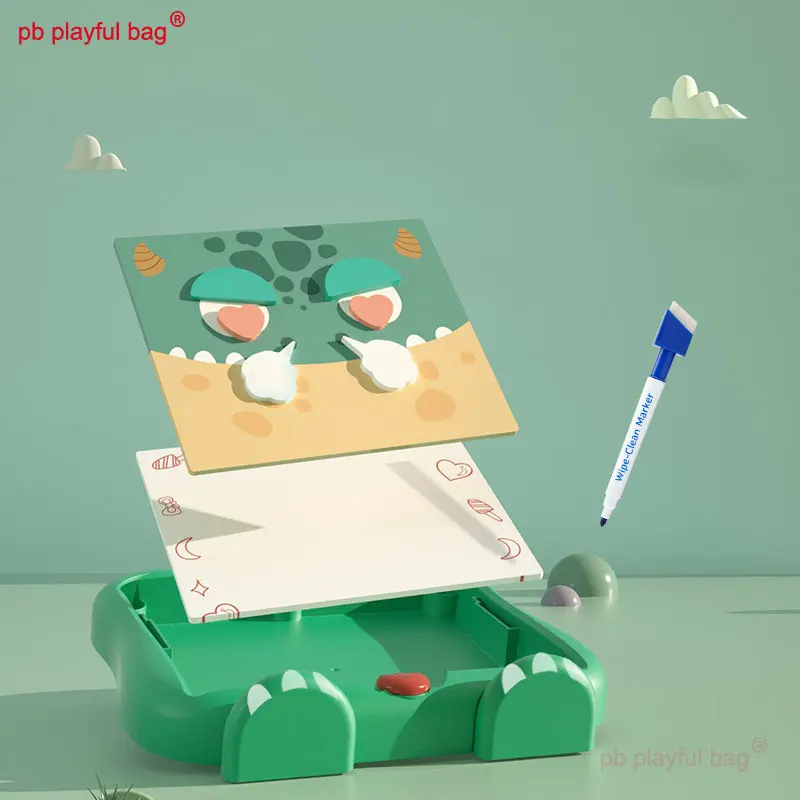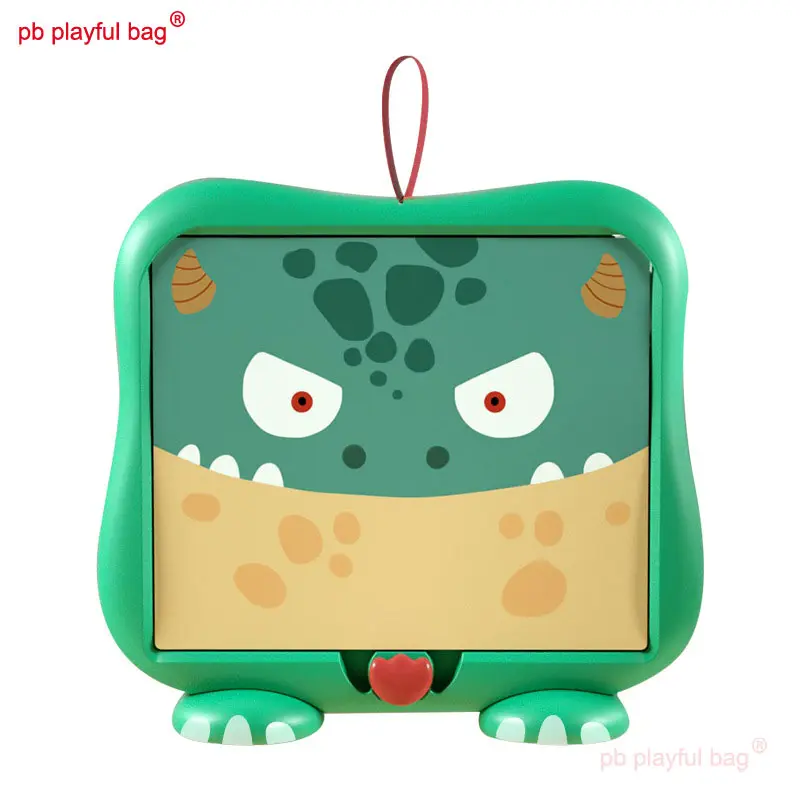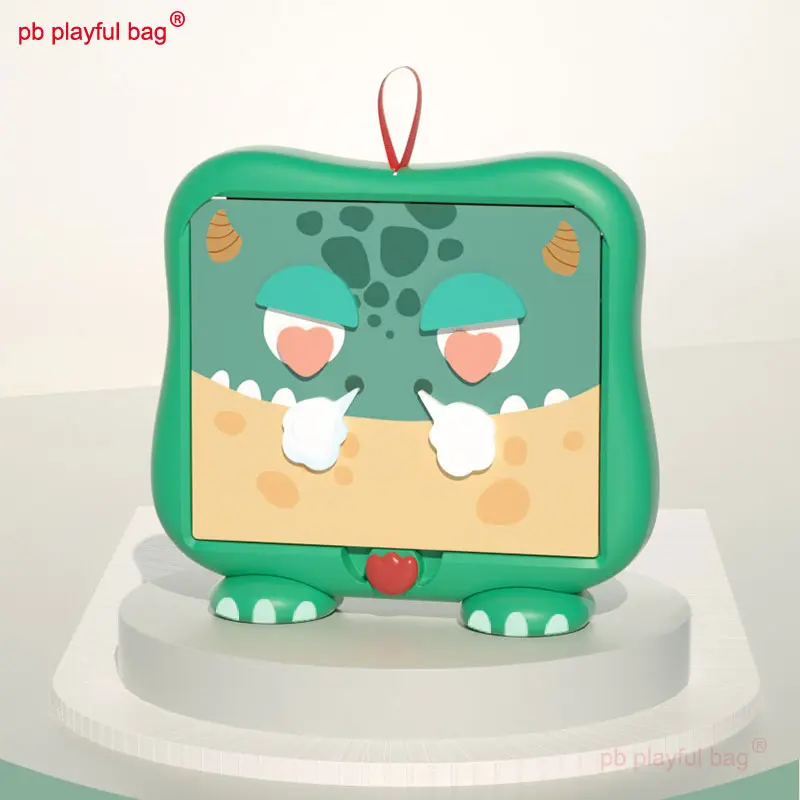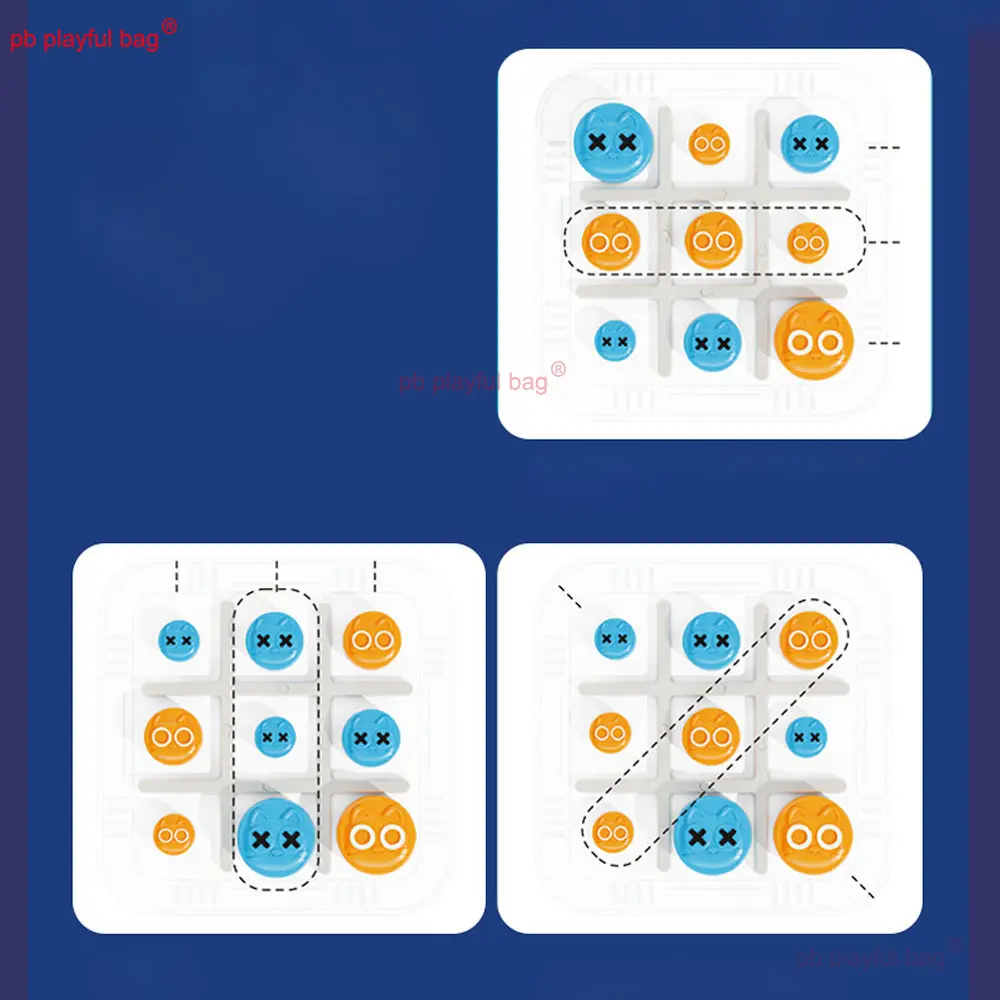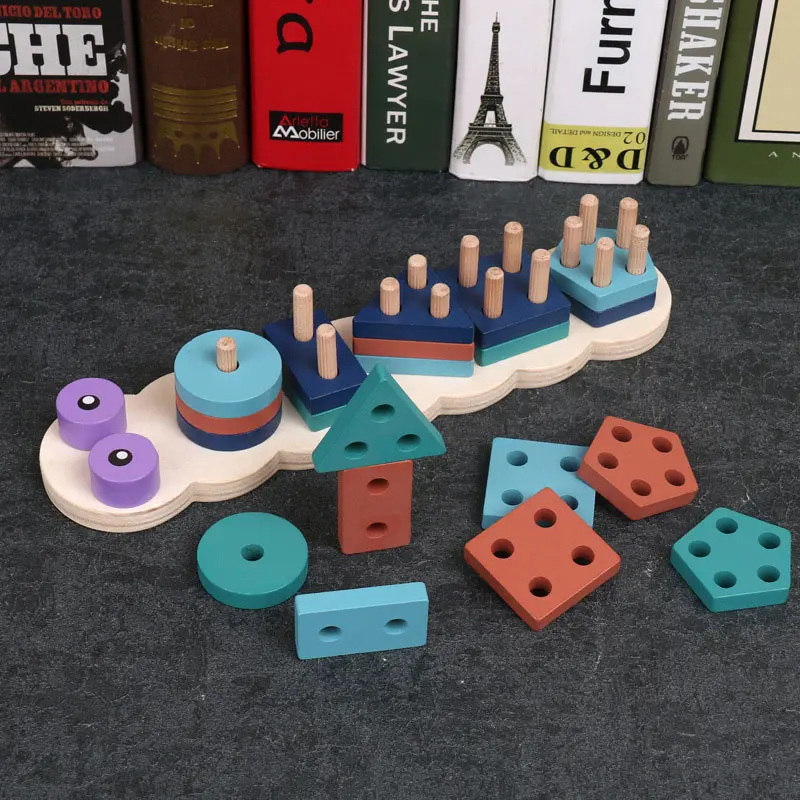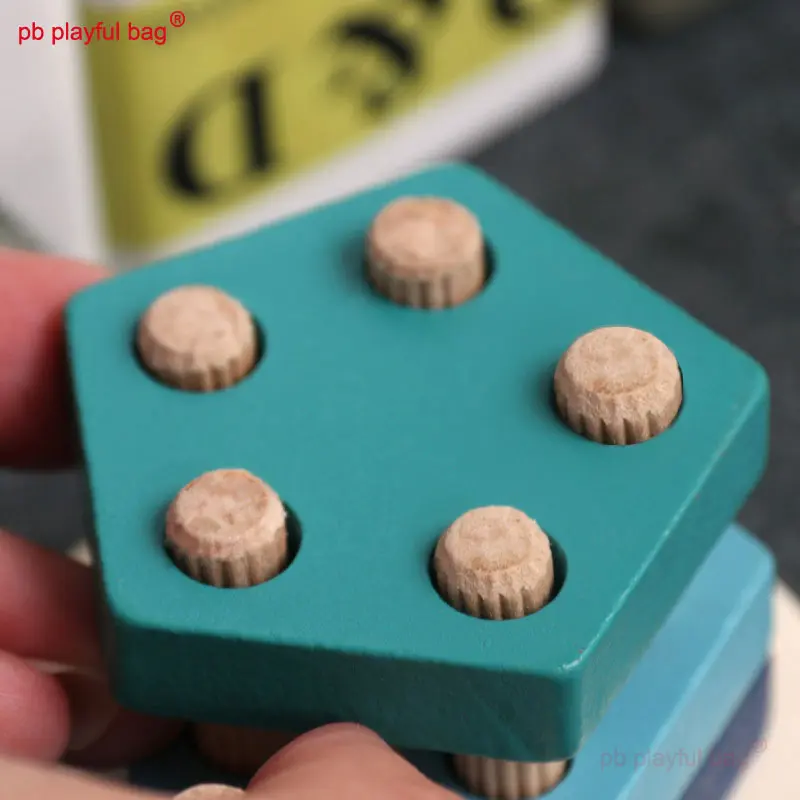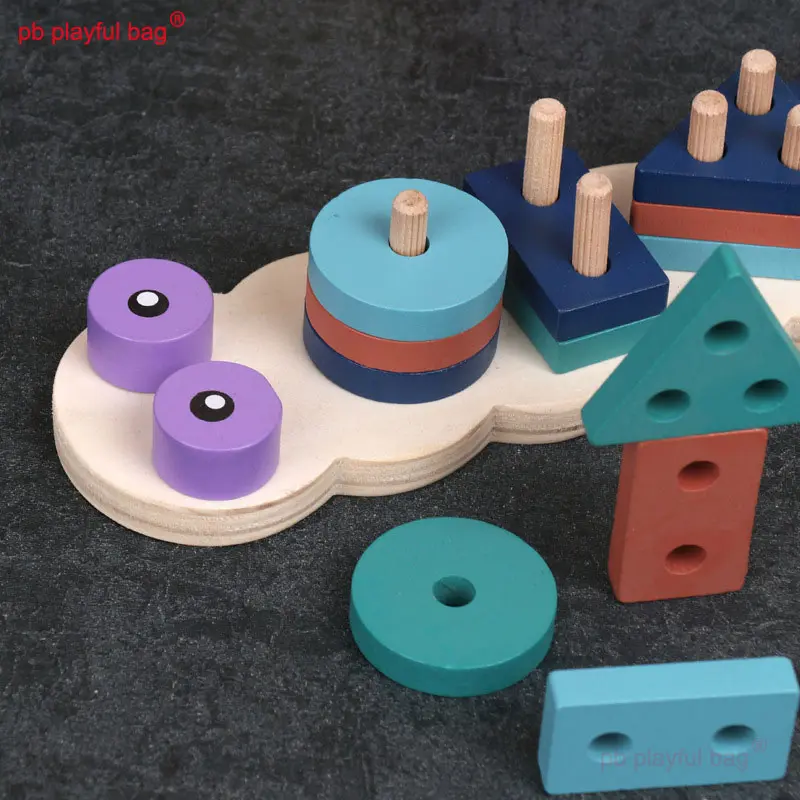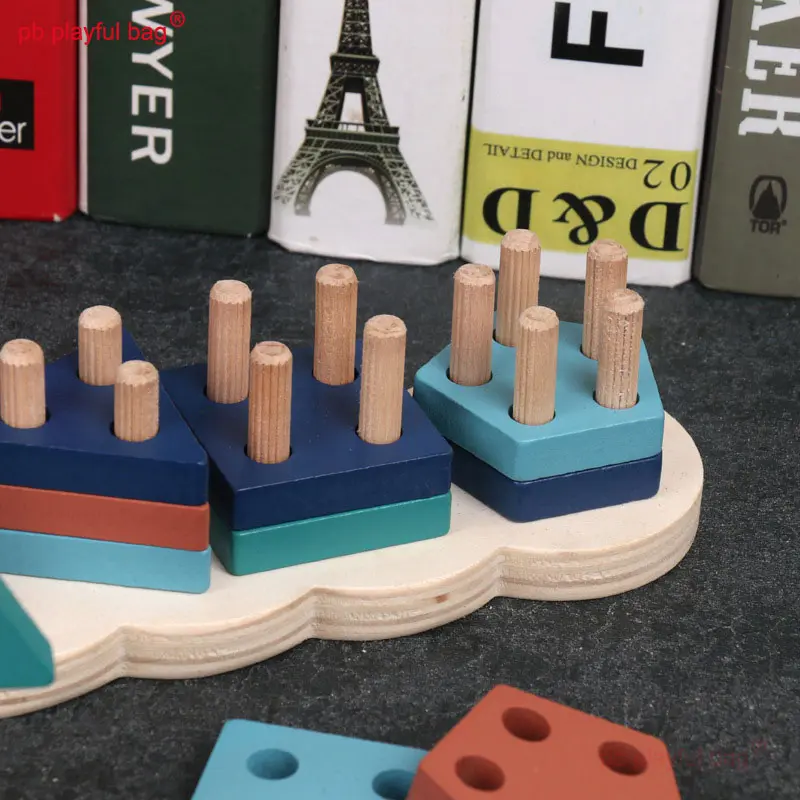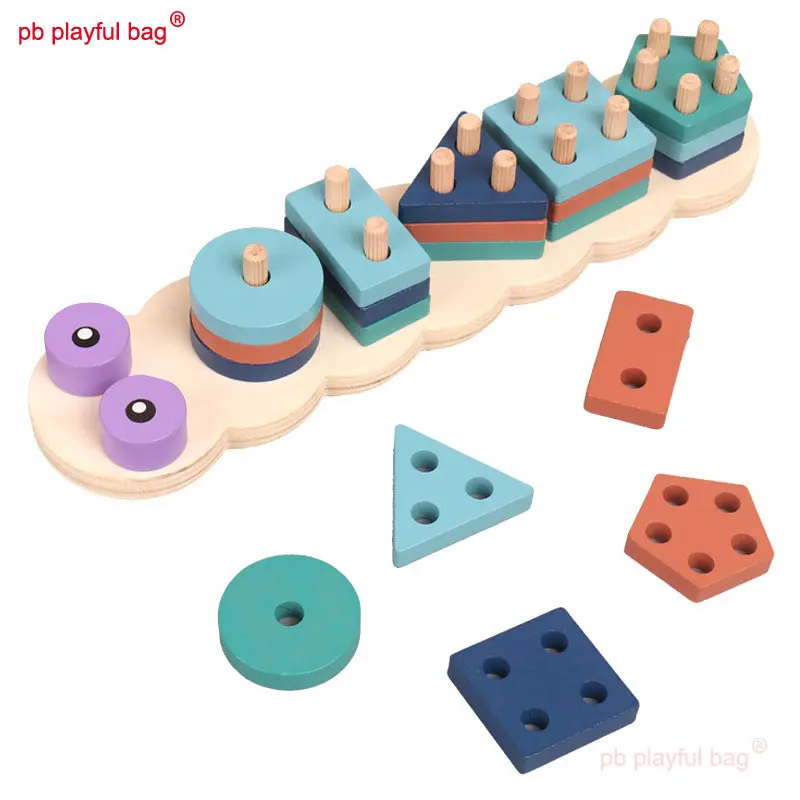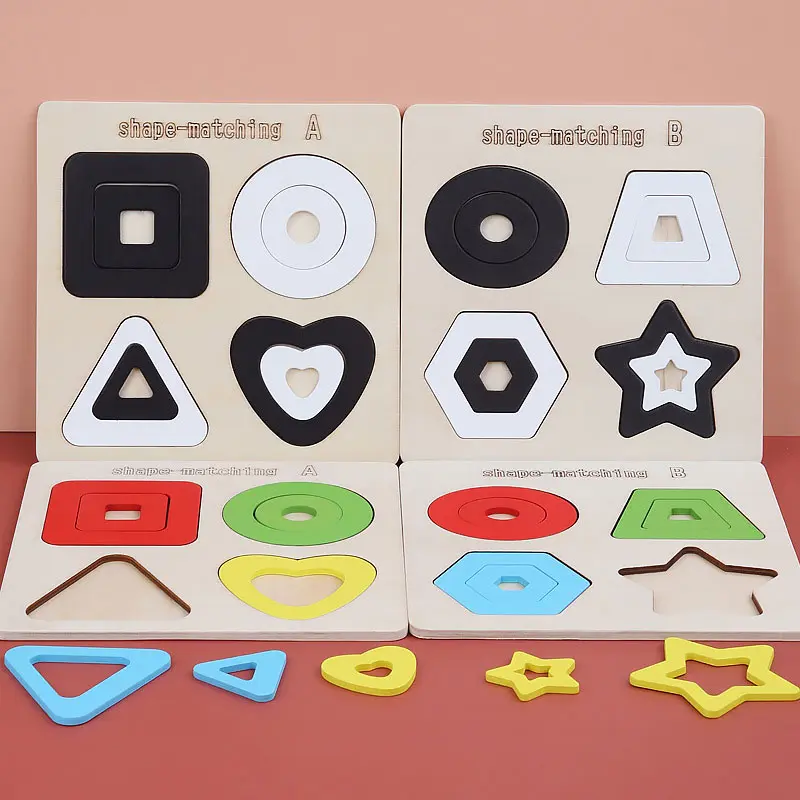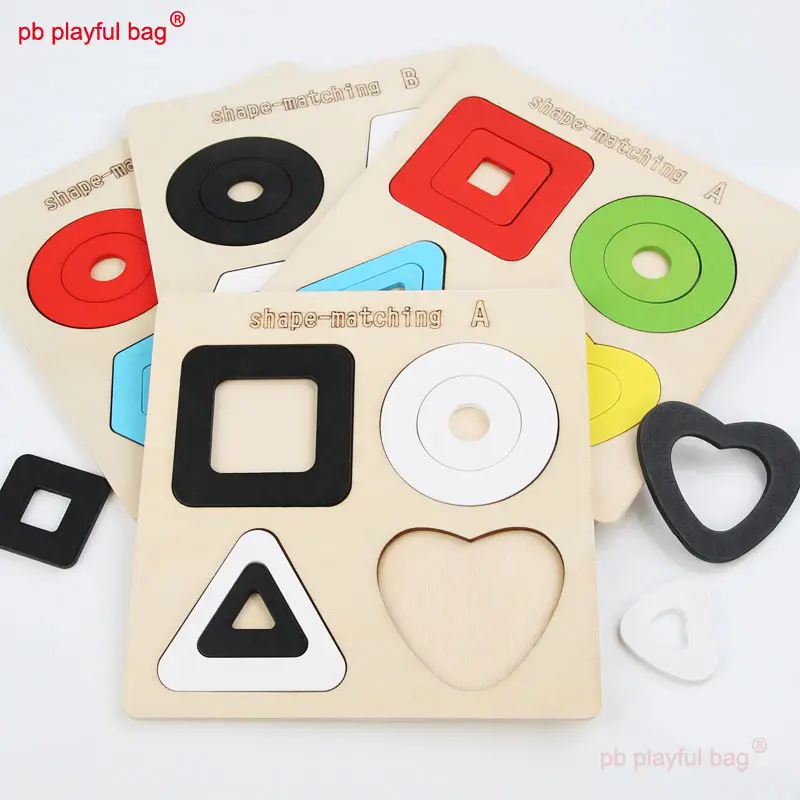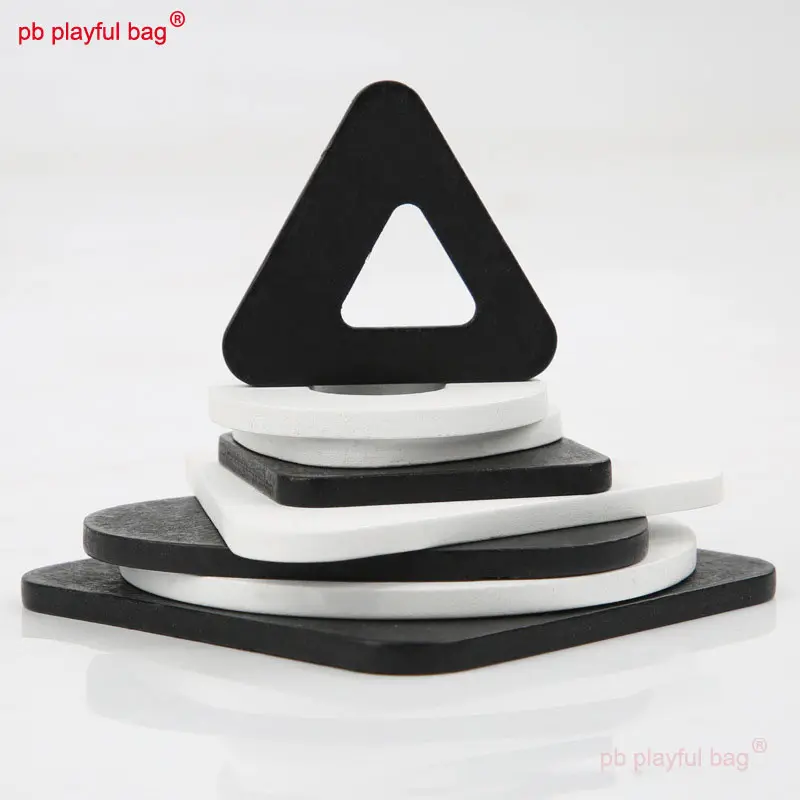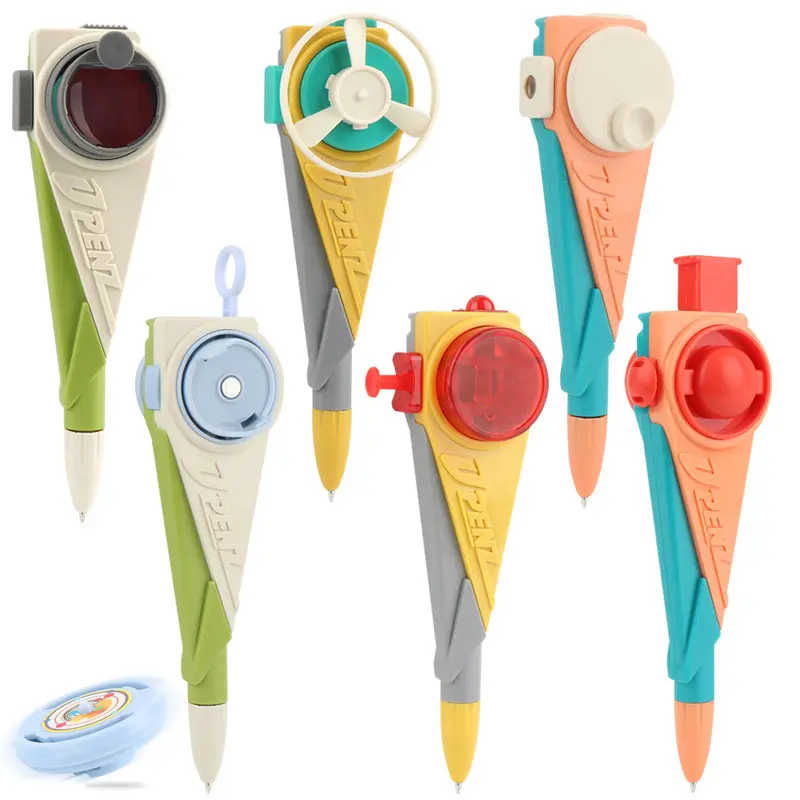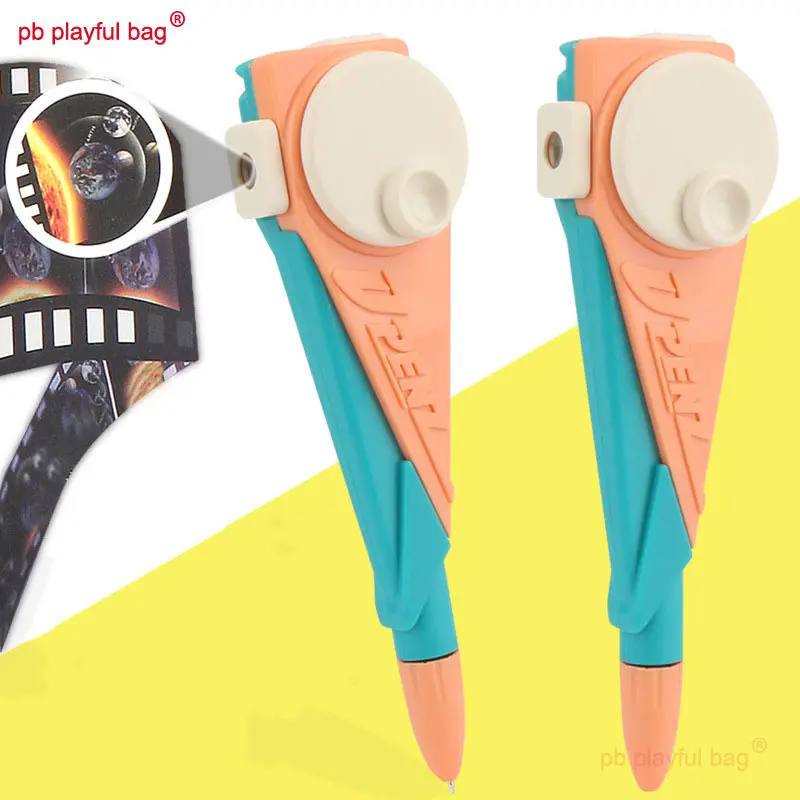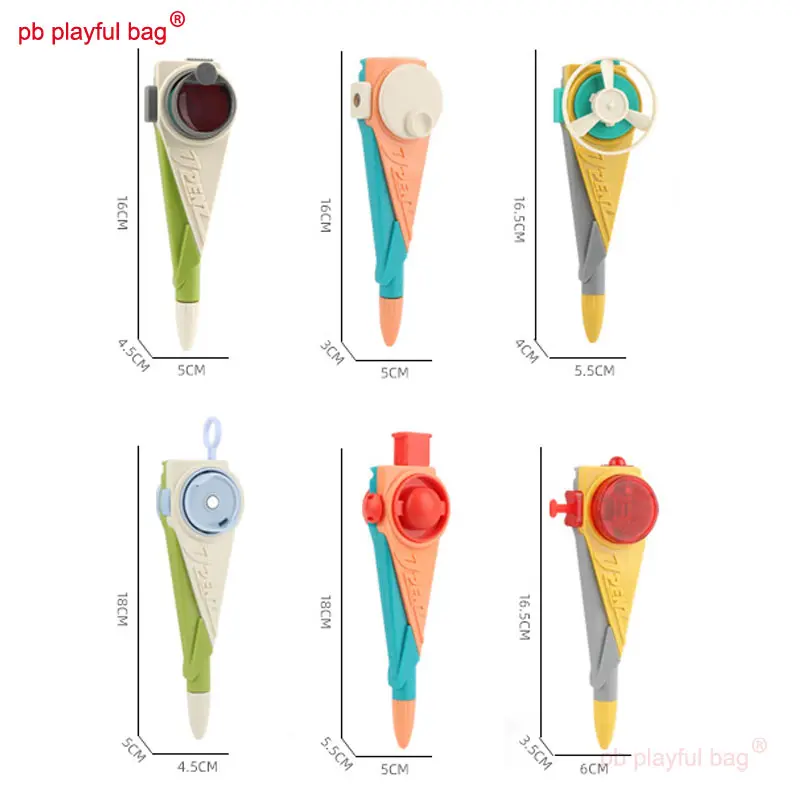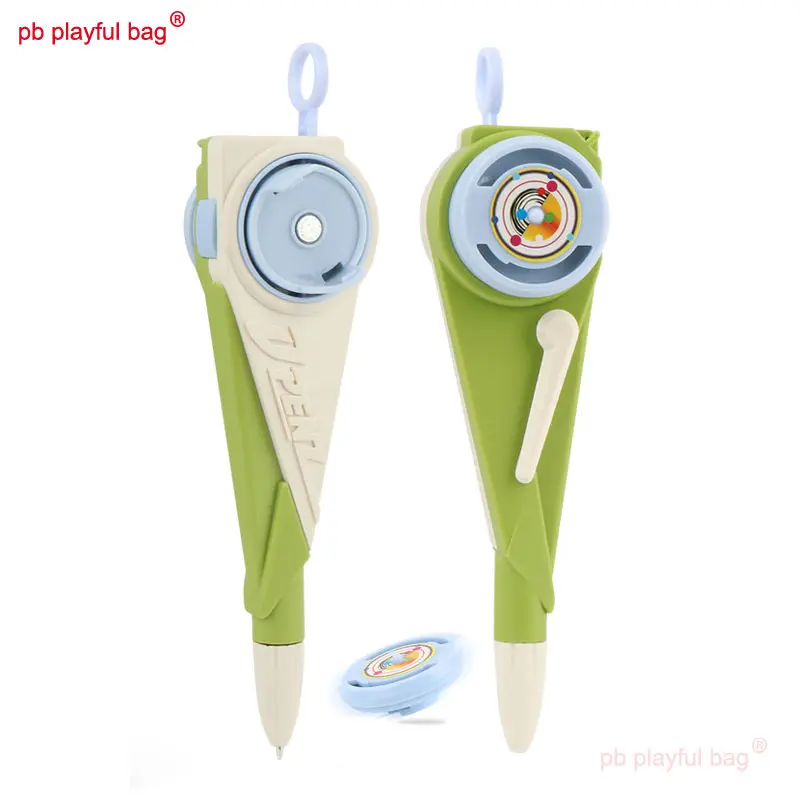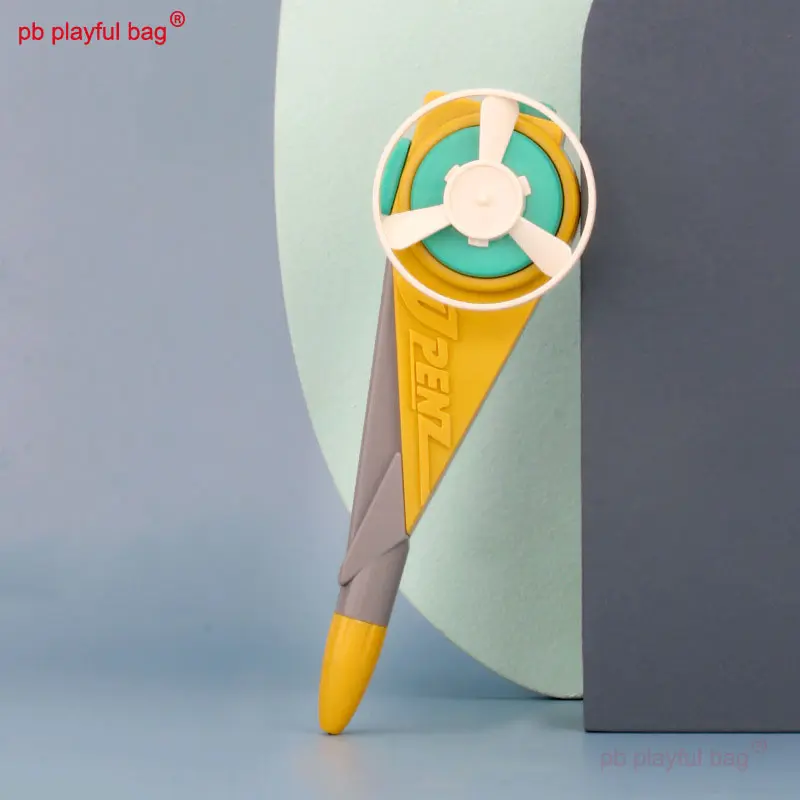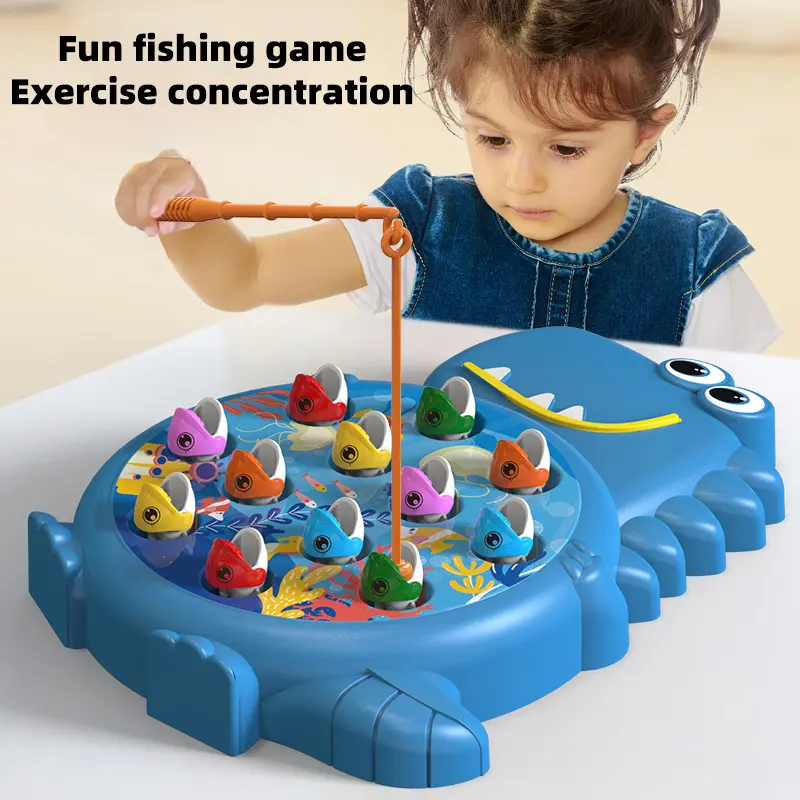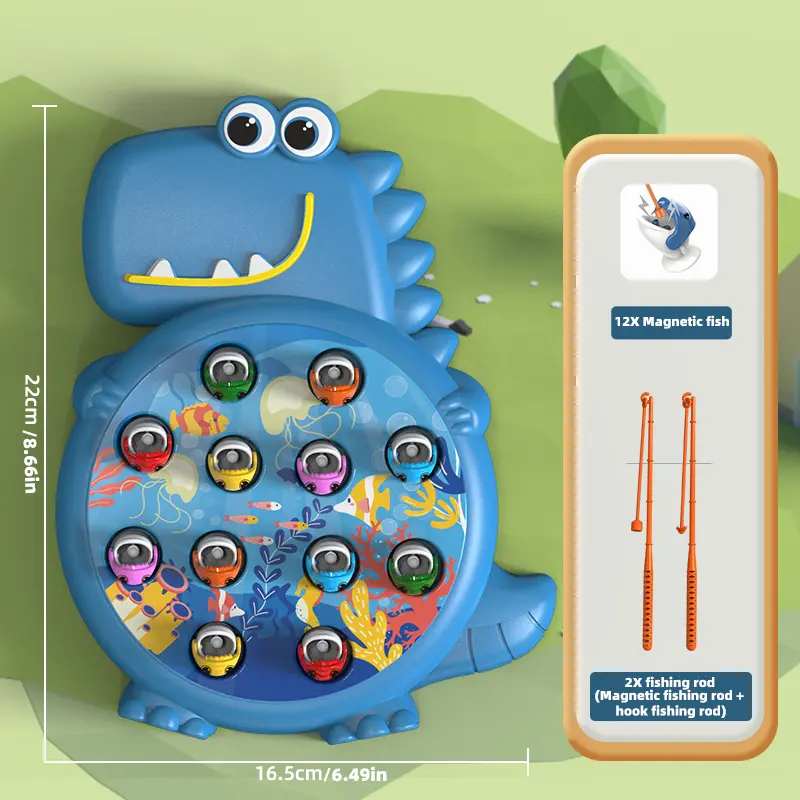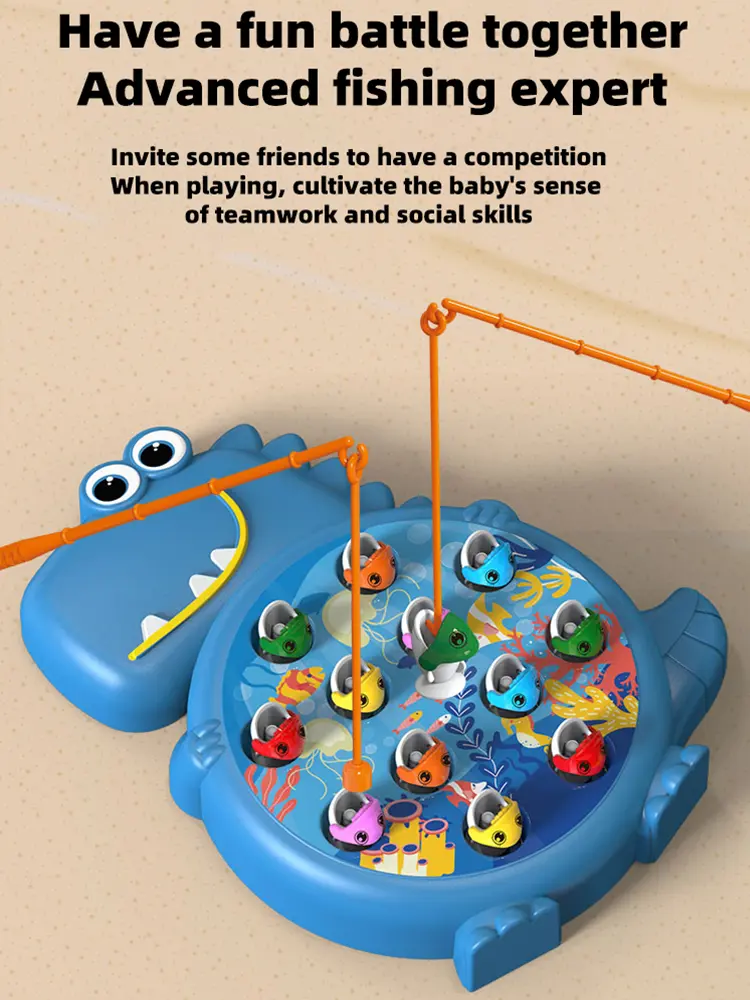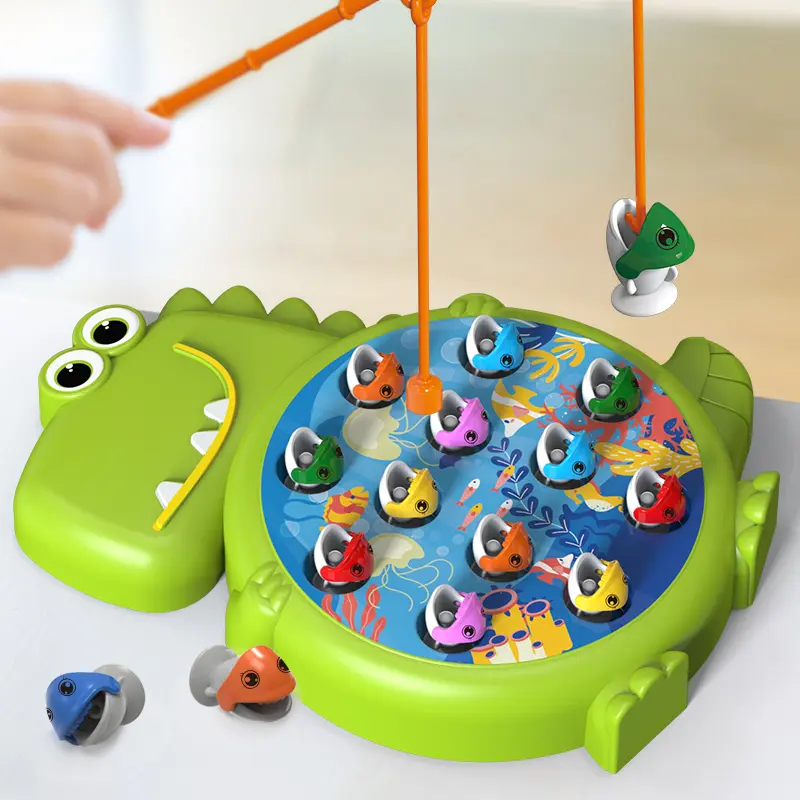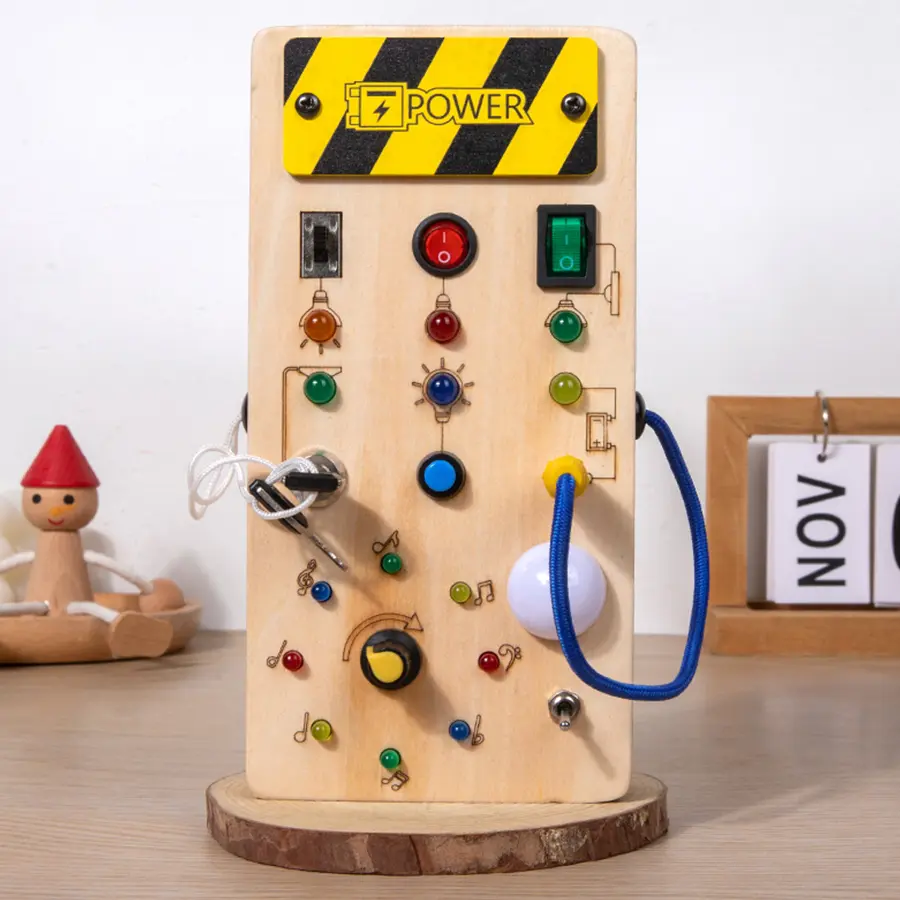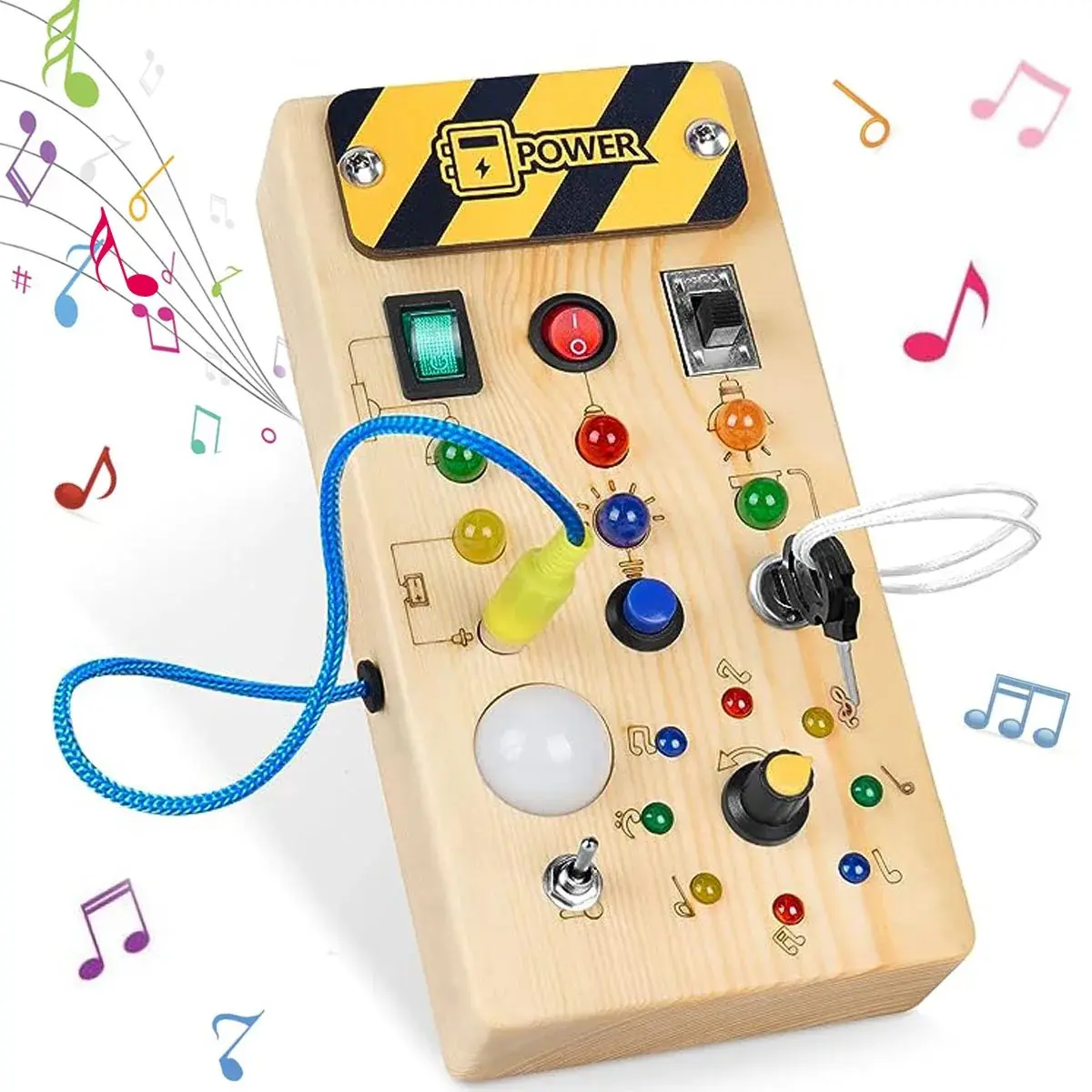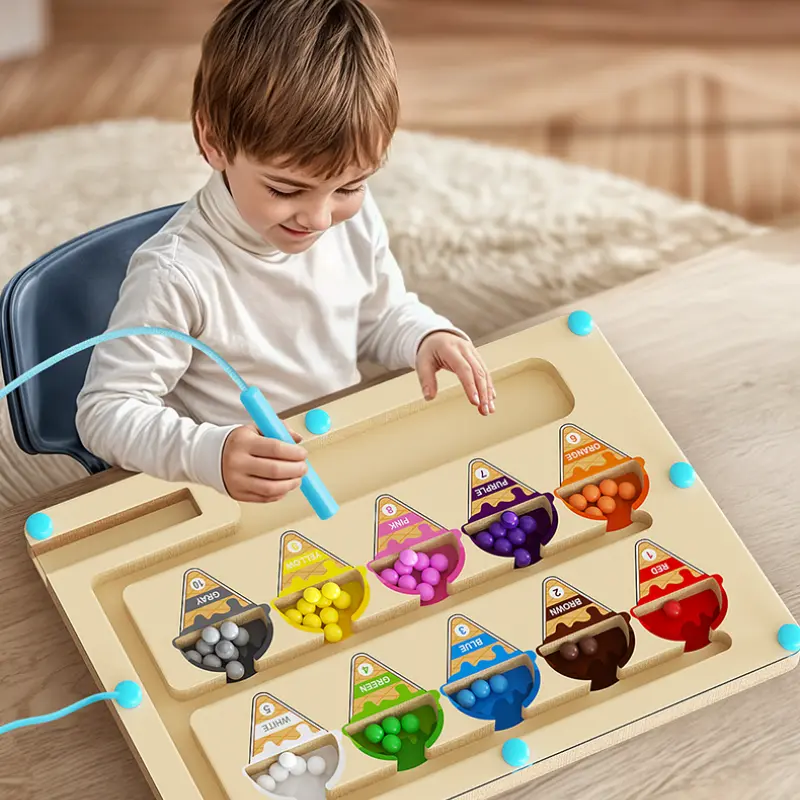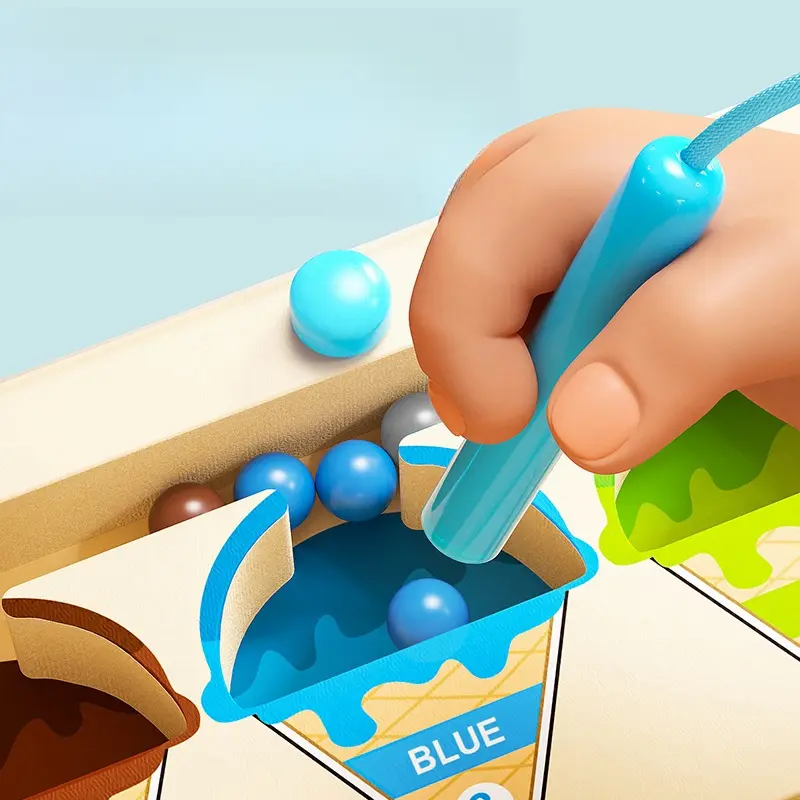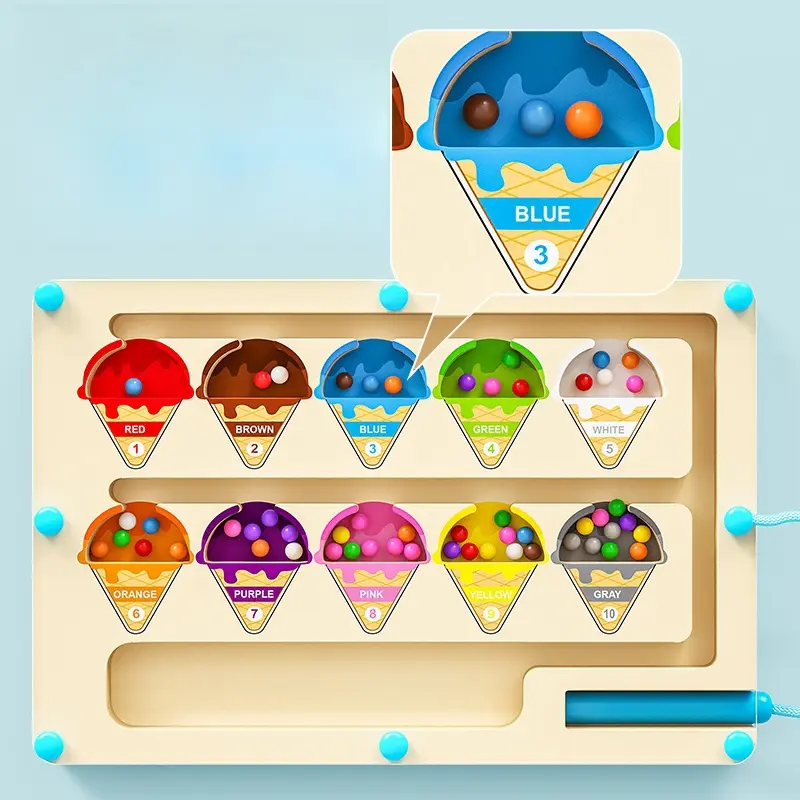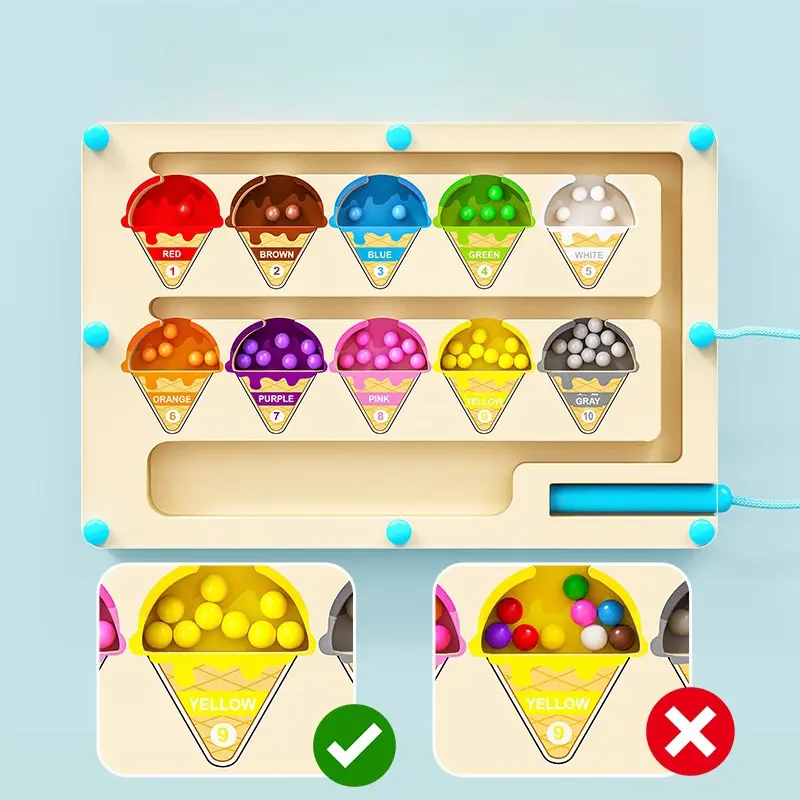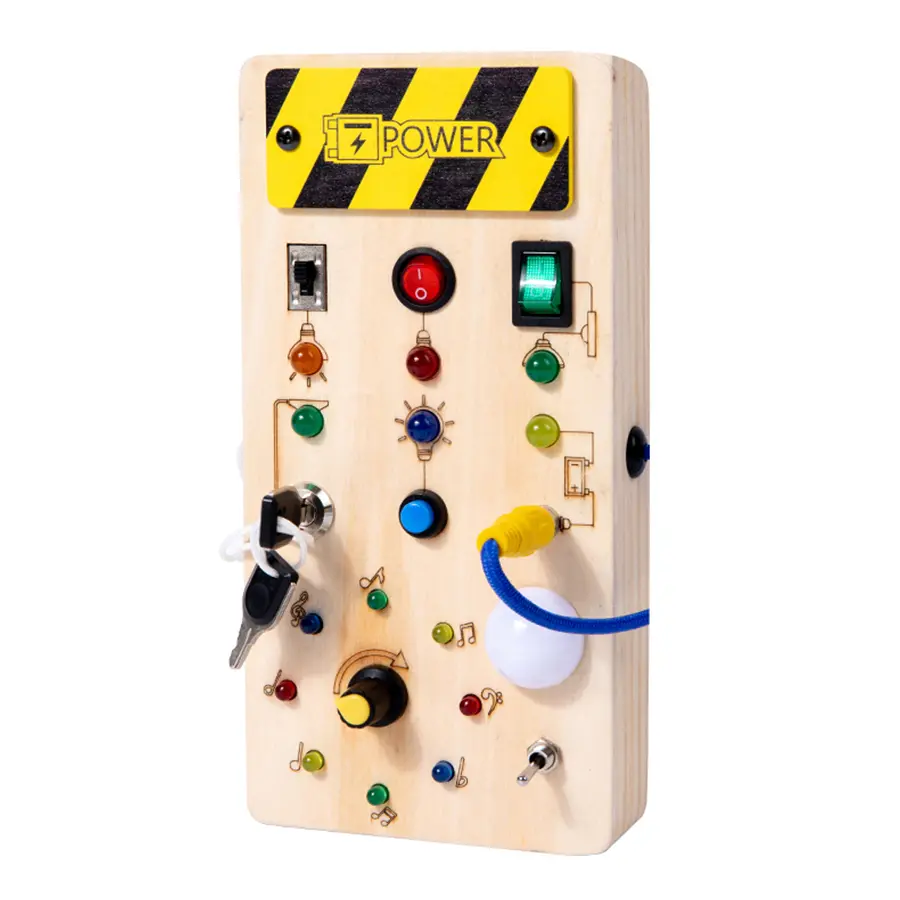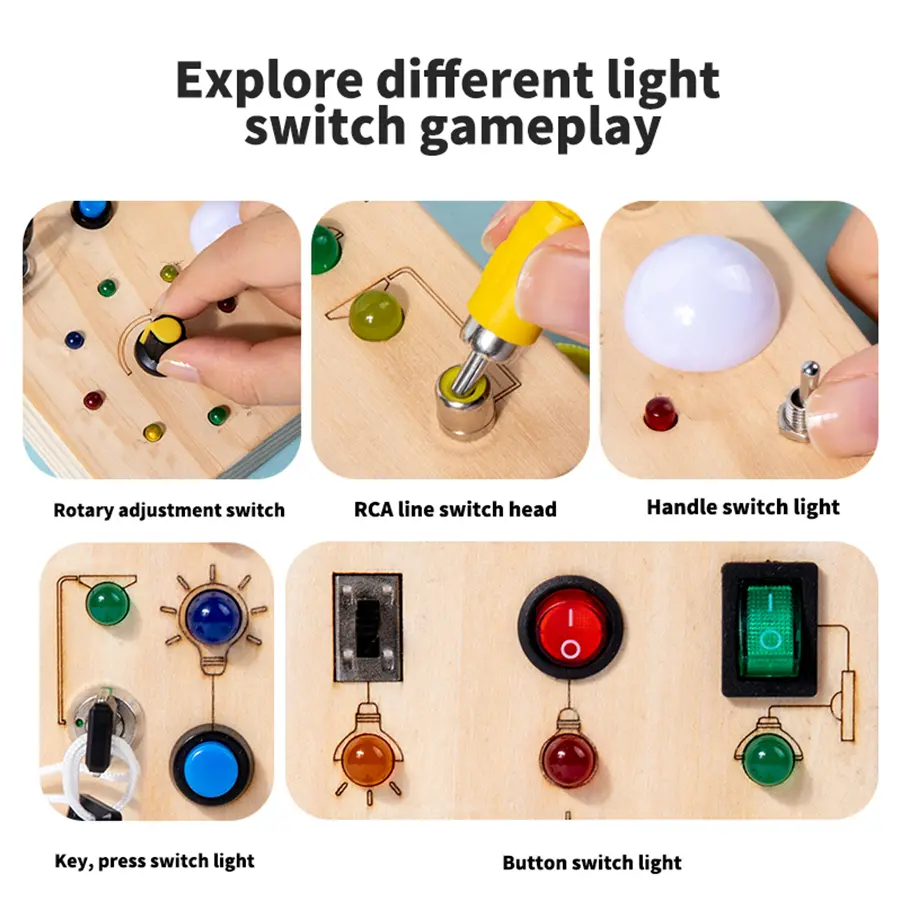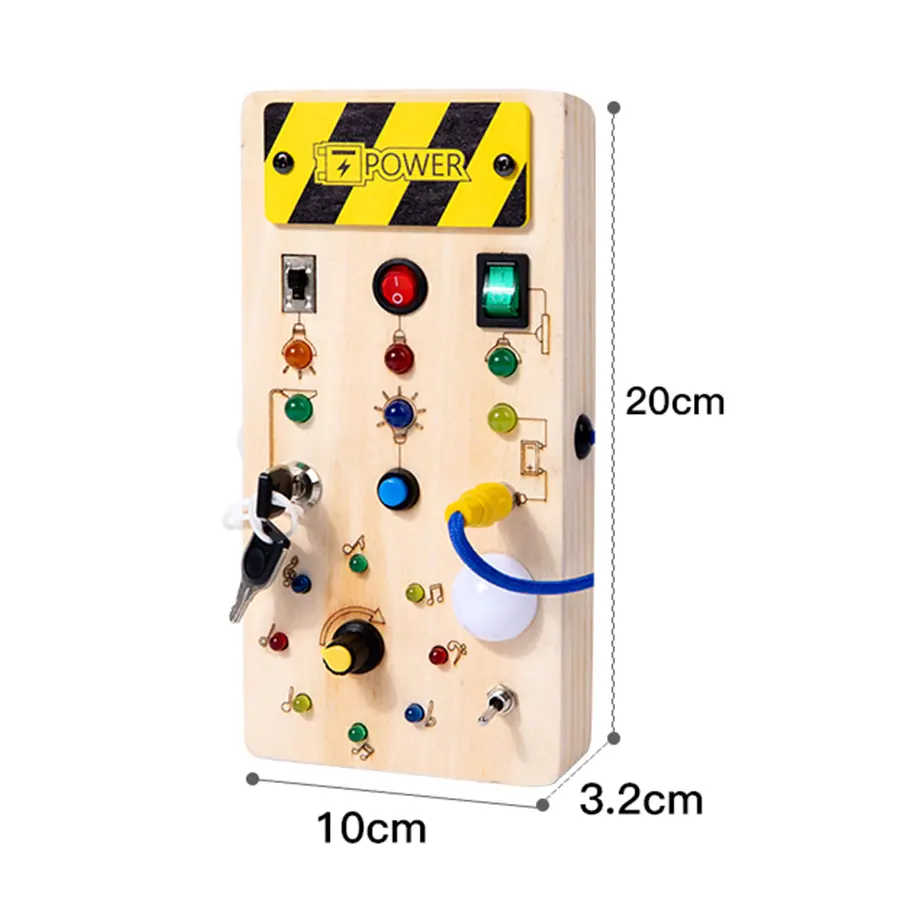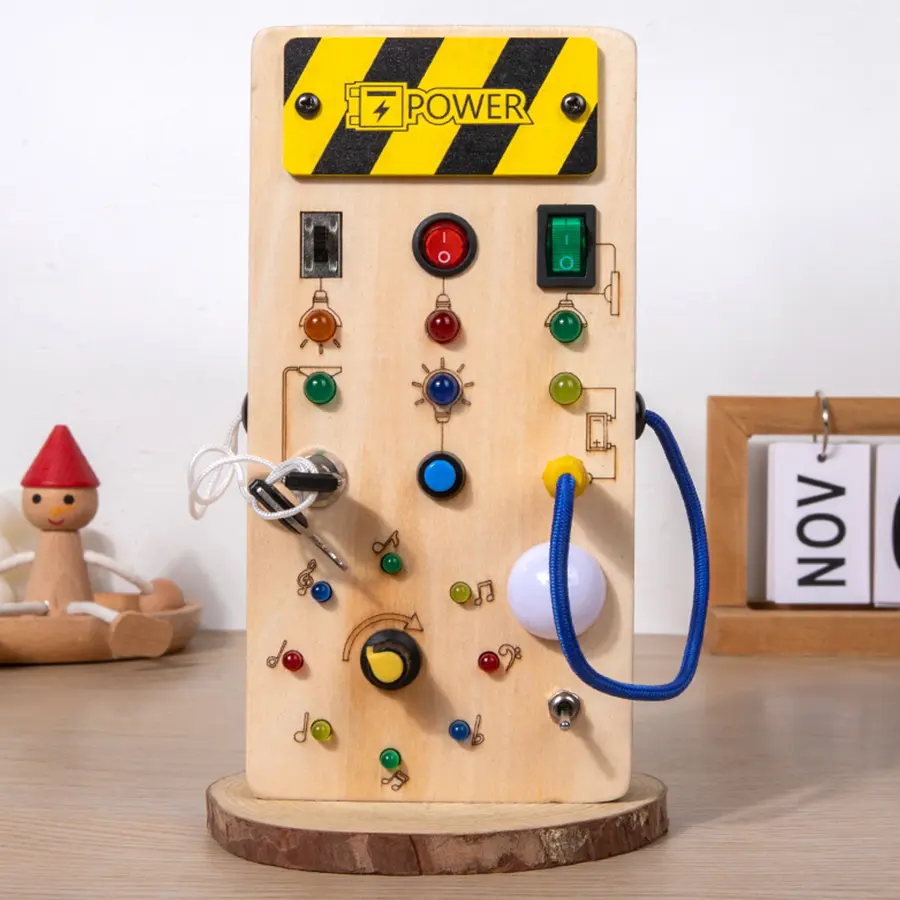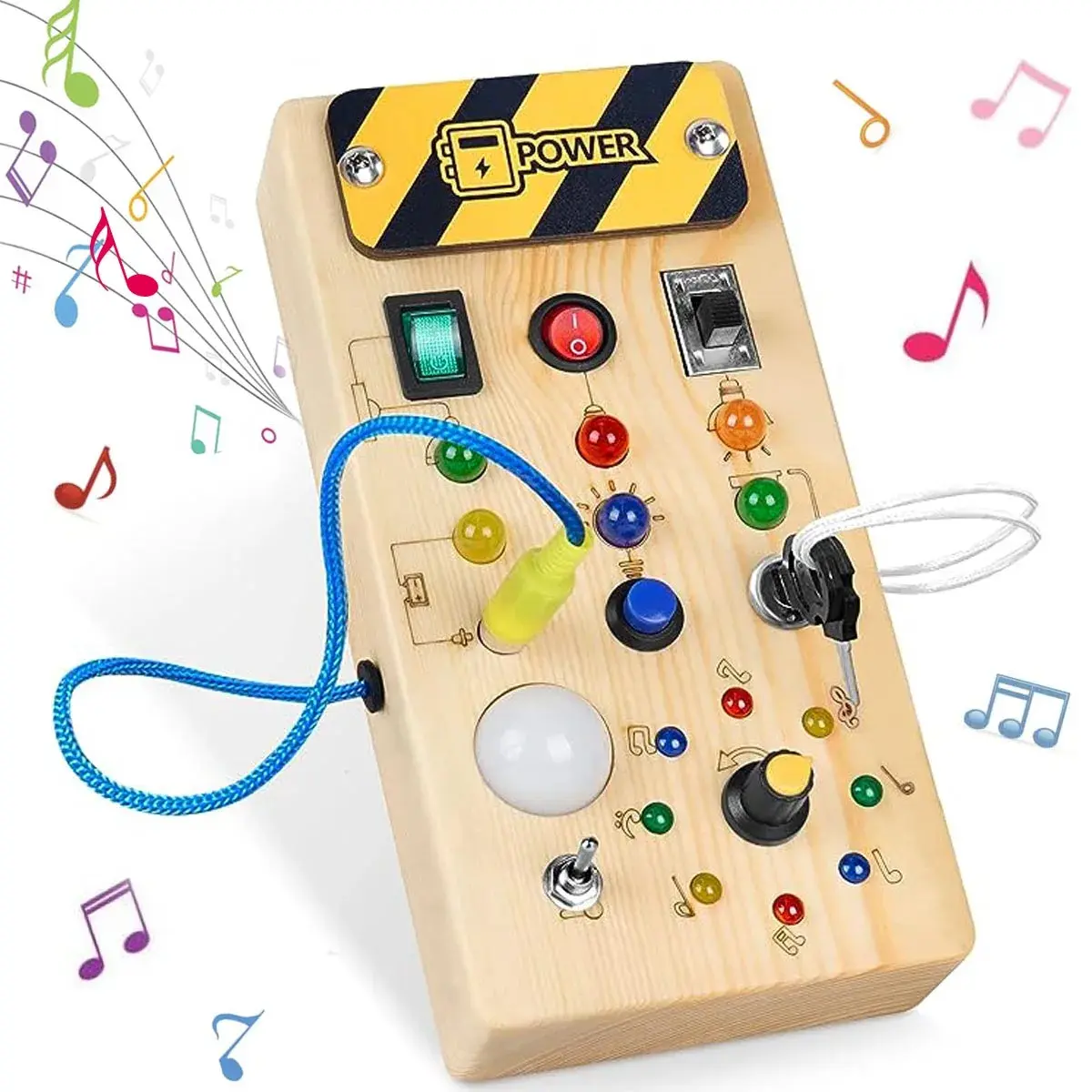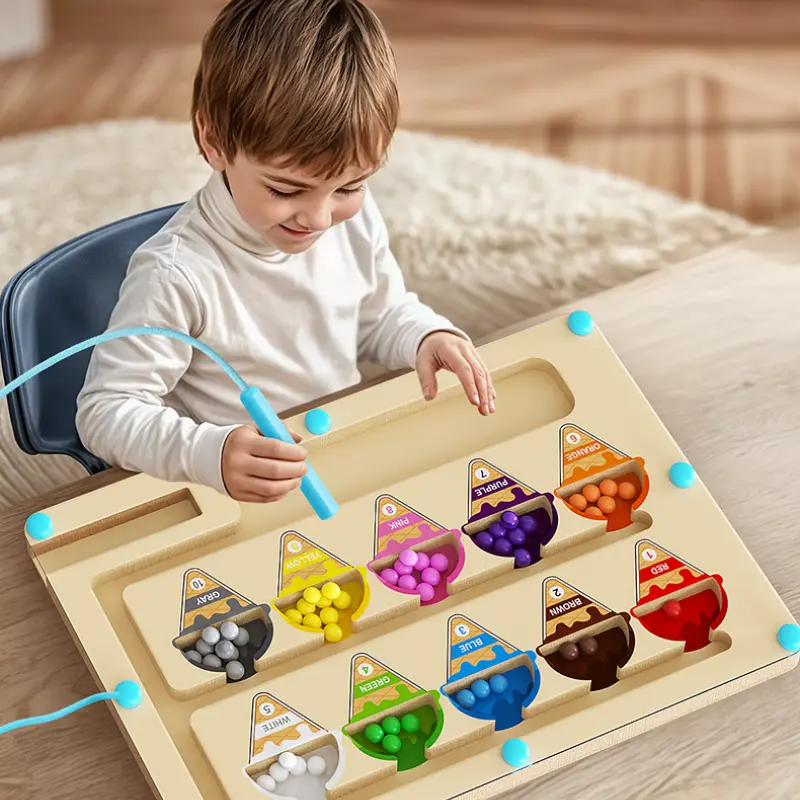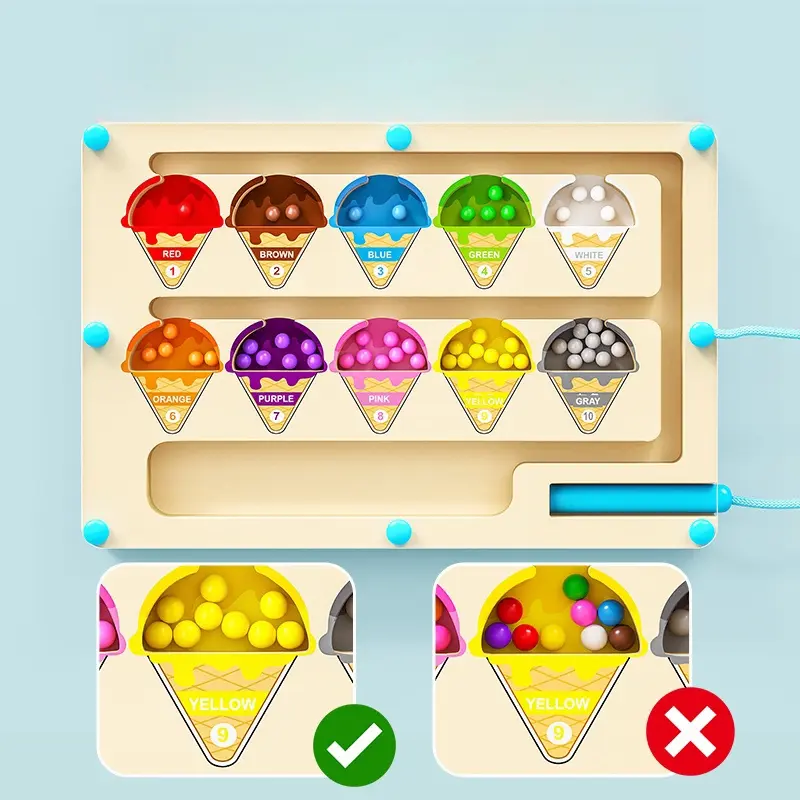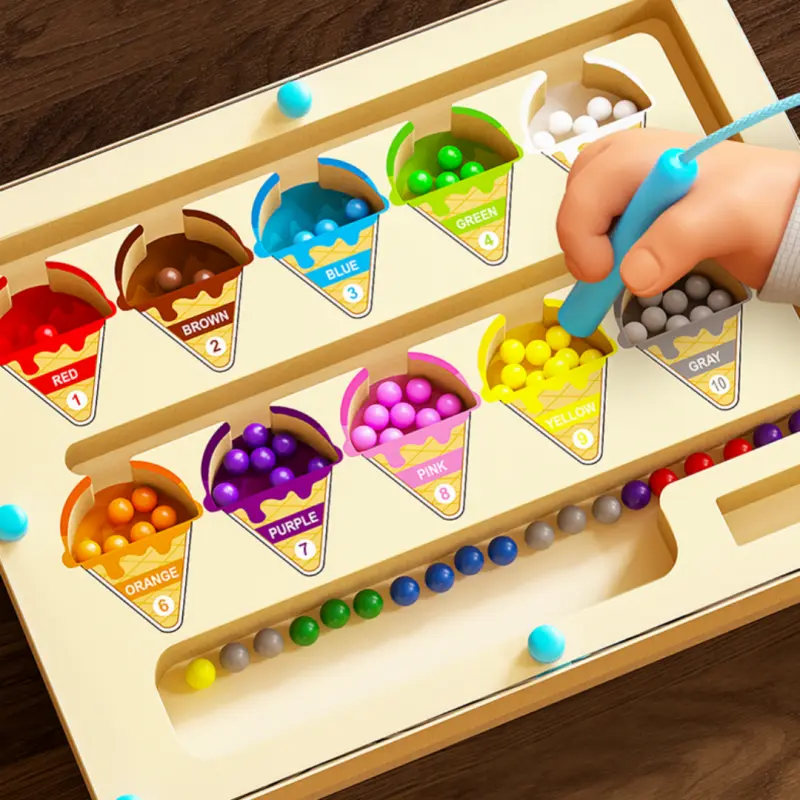Montessori Baby Music Toys Wooden Cartoon Bear instrument Child Game Interactive Preschool Musical Educational Toys Baby Gifts
<br/><p><br/></p><p><br/></p><p><br/></p><p><br/><br/></p><p><br/></p><p><br/></p><p><br/></p><p><br/></p><p><br/></p><p><br/></p><br/><p><div class="detailmodule_media"><div class="video-container-5000192422959"><div class="detail-video" id="5000192422959" data-previewurl="https://ae01.alicdn.com/kf/S180311b24b2e411baa87659ed44eb096o.jpg"></div></div></div></p><br/><p><br/></p><p><br/></p><p><br/></p><p><br/></p><p><br/></p><p><br/></p><p><br/></p><div class="detailmodule_text"><p style="font-family:OpenSans;font-size:14px;font-weight:300;line-height:20px;white-space:pre-wrap;color:rgb(0, 0, 0);margin-bottom:12px" class="detail-desc-decorate-content">Promoting sensory development: The design of wooden musical instruments is usually simple and educational, using simple tones to help children understand and learn through visual and tactile senses. For example, by using wooden instruments of different sizes and shapes, children can learn to distinguish the high and low, strong and weak sounds, thereby exercising their auditory senses.<br/><br/>Cultivate music and sense of rhythm: Wooden instruments such as xylophone, drums, etc. can help children understand rhythm and beat, and cultivate a sense of music. By tapping wooden blocks of different pitches, children can feel the rhythm and tempo of the music.<br/><br/>Enhance hand eye coordination: When operating wooden instruments, children need to coordinate hand movements and vision, which helps improve hand eye coordination ability.<br/><br/>Inspire creativity and imagination: Music is a creative way of expression. By using wooden instruments, children can freely explore and create different sounds and melodies, stimulating their creativity and imagination.<br/><br/>Developing social skills: By using wooden instruments in group activities, children can learn how to collaborate with others, share instruments, and take turns playing, thereby cultivating social skills and teamwork spirit.<br/><br/>Promoting emotional expression: Music is a way of expressing emotions. By playing wooden instruments, children can express their emotions and also learn to understand and feel the emotions of others.<br/><br/>Cultivate independence and self-directed learning: Montessori education emphasizes children's autonomy and independence. The operation of wooden musical instruments does not require excessive intervention from adults, and children can explore and learn according to their own interests and rhythms.<br/><br/>Sense of order and logical habits: By using wooden instruments, children can learn the order and logic of music, such as the order of scales and the rules of rhythm, which helps cultivate their logical thinking ability.<br/><br/>The duality of educational objectives: Every Montessori wooden instrument has both direct and indirect educational objectives, with the direct objective being to cultivate children's basic understanding of music, while the indirect objective may be to promote the development of children's multifaceted abilities through music activities.<br/><br/>In summary, Montessori wooden instruments not only play a role in music education, but also play an important role in children's comprehensive development.</p></div><div class="detailmodule_image"></div><div class="detailmodule_image"></div><p><br/></p><p><br/></p><p><br/></p><p><br/></p><p><br/></p><p><br/></p><p><br/></p><p><br/></p><br/>
$11.96
$6.71
- Category : Toys & Hobbies
- Brand : bopoobo_official_store bopoobo Official Store
Colors
Sizes
-
+
<br/><p><br/></p><p><br/></p><p><br/></p><p><br/><br/></p><p><br/></p><p><br/></p><p><br/></p><p><br/></p><p><br/></p><p><br/></p><br/><p><div class="detailmodule_media"><div class="video-container-5000192422959"><div class="detail-video" id="5000192422959" data-previewurl="https://ae01.alicdn.com/kf/S180311b24b2e411baa87659ed44eb096o.jpg"></div></div></div></p><br/><p><br/></p><p><br/></p><p><br/></p><p><br/></p><p><br/></p><p><br/></p><p><br/></p><div class="detailmodule_text"><p style="font-family:OpenSans;font-size:14px;font-weight:300;line-height:20px;white-space:pre-wrap;color:rgb(0, 0, 0);margin-bottom:12px" class="detail-desc-decorate-content">Promoting sensory development: The design of wooden musical instruments is usually simple and educational, using simple tones to help children understand and learn through visual and tactile senses. For example, by using wooden instruments of different sizes and shapes, children can learn to distinguish the high and low, strong and weak sounds, thereby exercising their auditory senses.<br/><br/>Cultivate music and sense of rhythm: Wooden instruments such as xylophone, drums, etc. can help children understand rhythm and beat, and cultivate a sense of music. By tapping wooden blocks of different pitches, children can feel the rhythm and tempo of the music.<br/><br/>Enhance hand eye coordination: When operating wooden instruments, children need to coordinate hand movements and vision, which helps improve hand eye coordination ability.<br/><br/>Inspire creativity and imagination: Music is a creative way of expression. By using wooden instruments, children can freely explore and create different sounds and melodies, stimulating their creativity and imagination.<br/><br/>Developing social skills: By using wooden instruments in group activities, children can learn how to collaborate with others, share instruments, and take turns playing, thereby cultivating social skills and teamwork spirit.<br/><br/>Promoting emotional expression: Music is a way of expressing emotions. By playing wooden instruments, children can express their emotions and also learn to understand and feel the emotions of others.<br/><br/>Cultivate independence and self-directed learning: Montessori education emphasizes children's autonomy and independence. The operation of wooden musical instruments does not require excessive intervention from adults, and children can explore and learn according to their own interests and rhythms.<br/><br/>Sense of order and logical habits: By using wooden instruments, children can learn the order and logic of music, such as the order of scales and the rules of rhythm, which helps cultivate their logical thinking ability.<br/><br/>The duality of educational objectives: Every Montessori wooden instrument has both direct and indirect educational objectives, with the direct objective being to cultivate children's basic understanding of music, while the indirect objective may be to promote the development of children's multifaceted abilities through music activities.<br/><br/>In summary, Montessori wooden instruments not only play a role in music education, but also play an important role in children's comprehensive development.</p></div><div class="detailmodule_image"></div><div class="detailmodule_image"></div><p><br/></p><p><br/></p><p><br/></p><p><br/></p><p><br/></p><p><br/></p><p><br/></p><p><br/></p><br/>
Related Product
Browse The Collection of Top Products.






